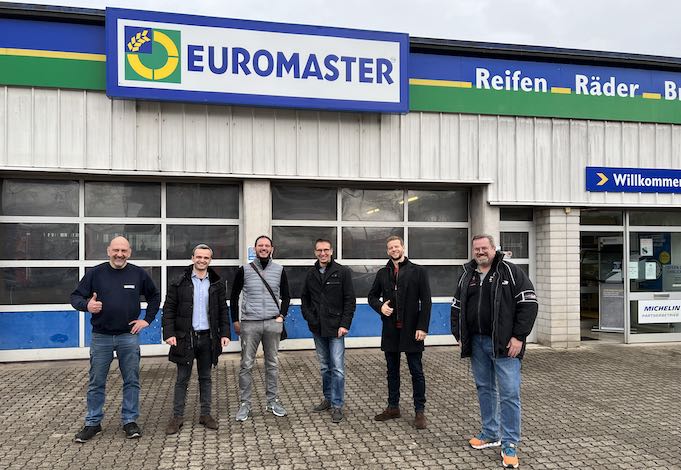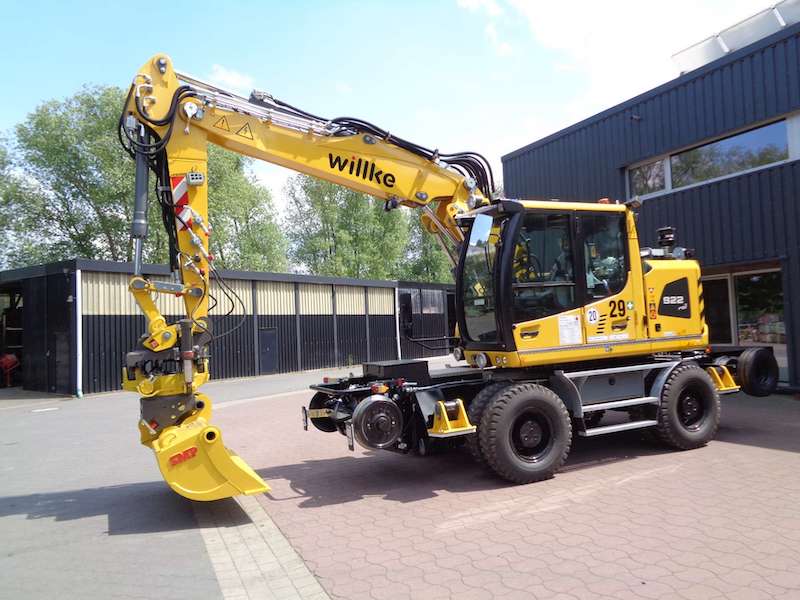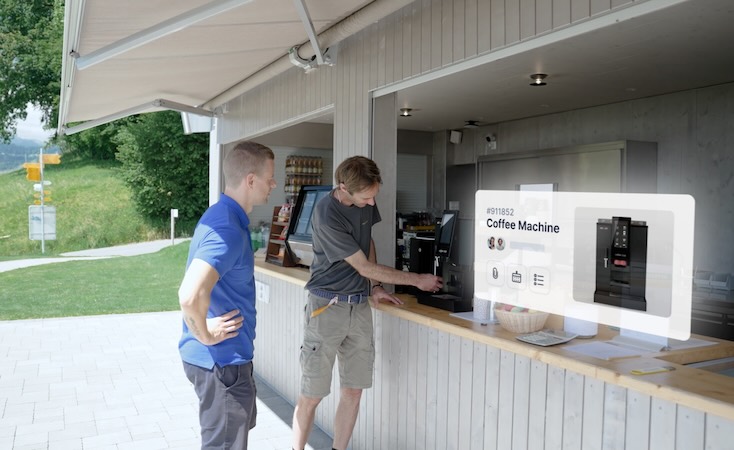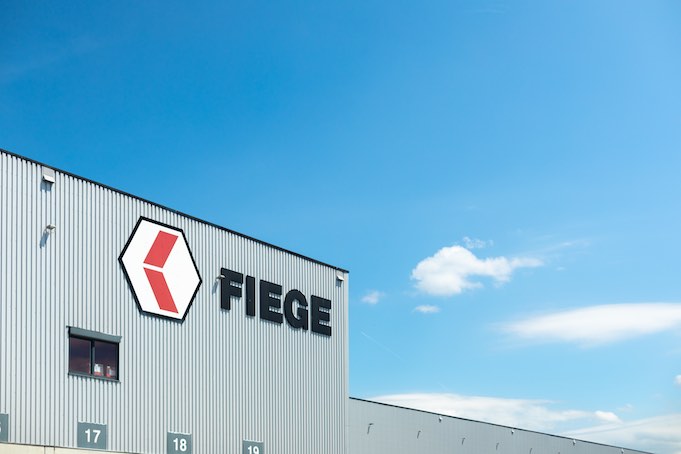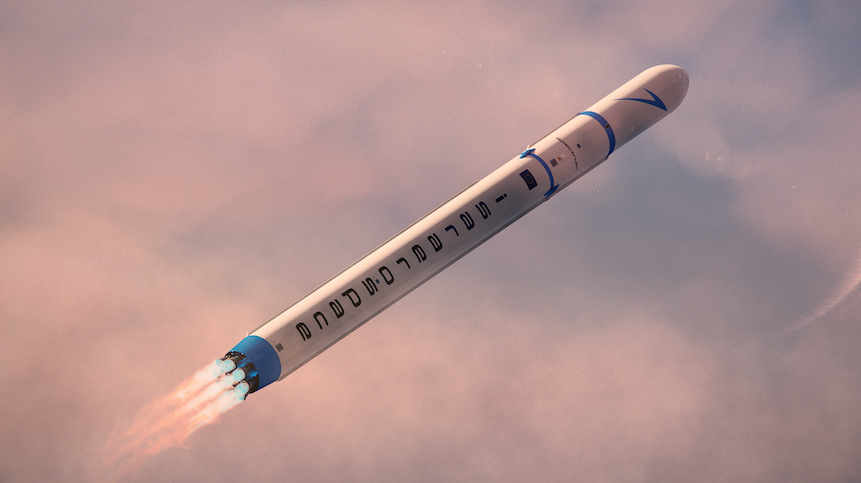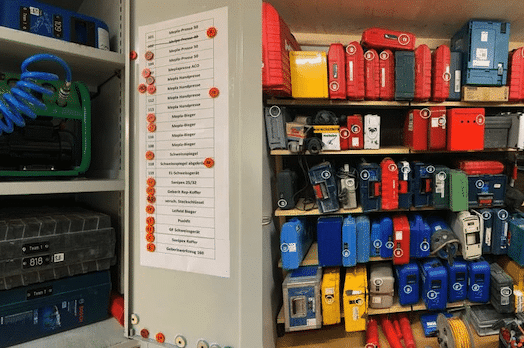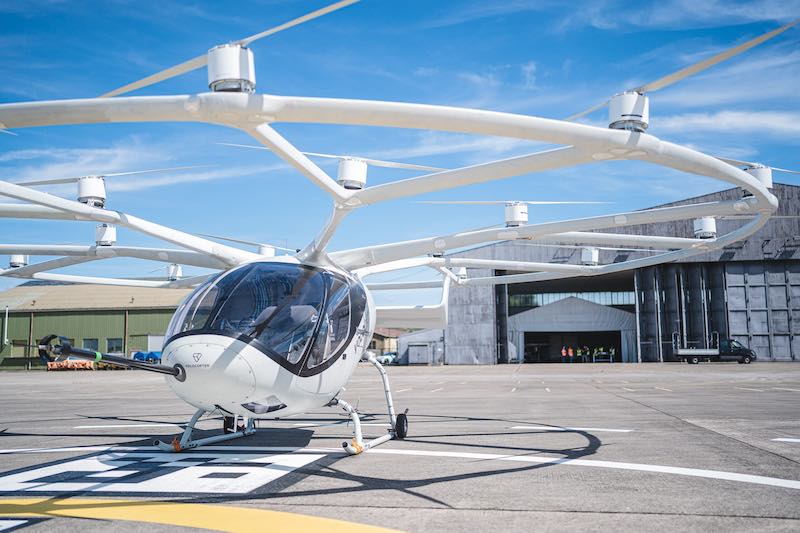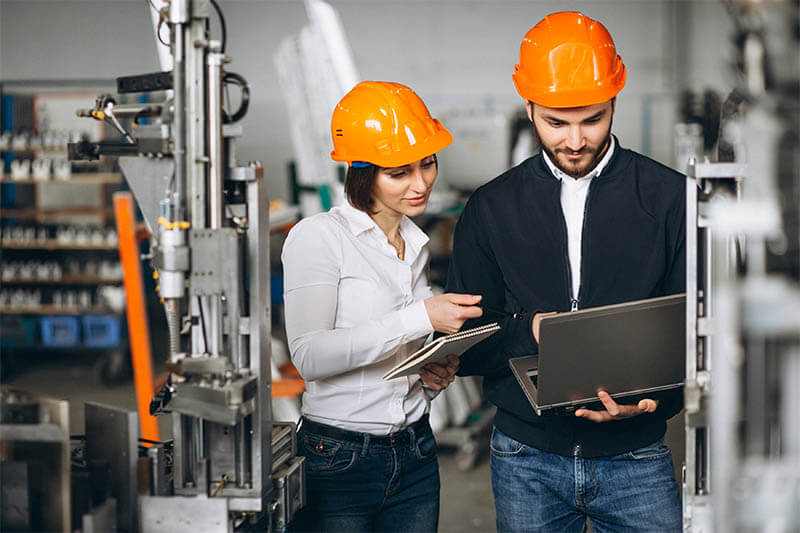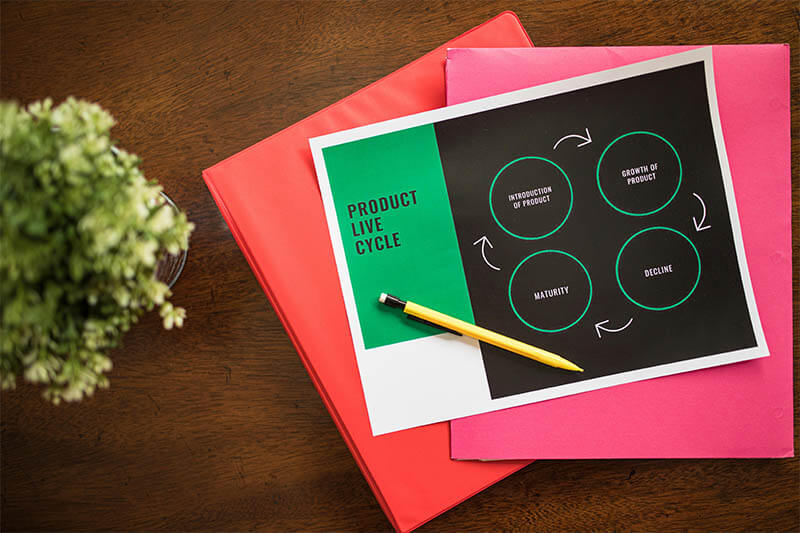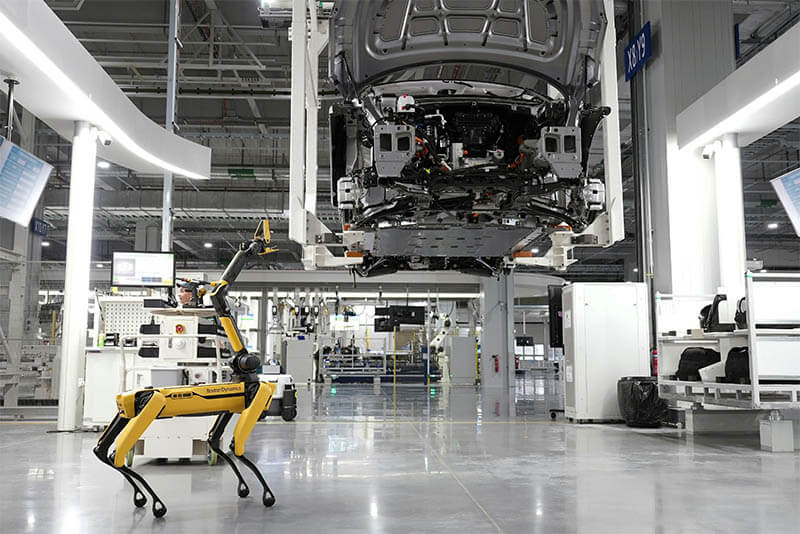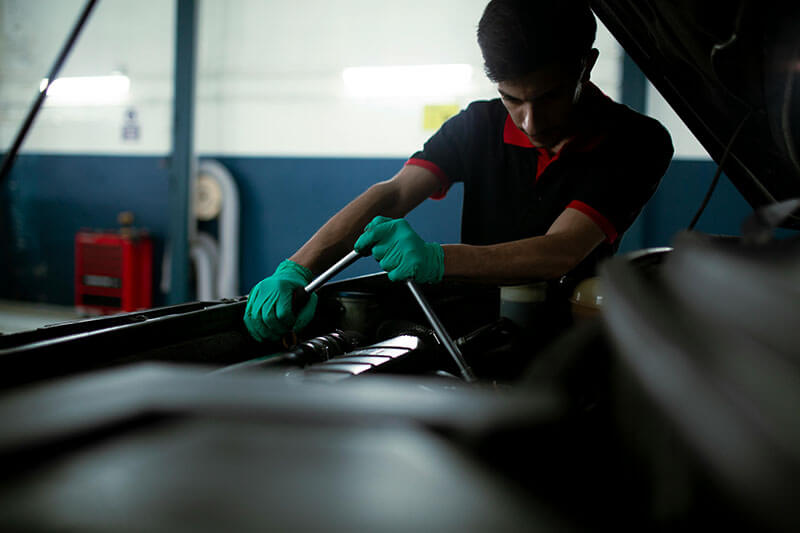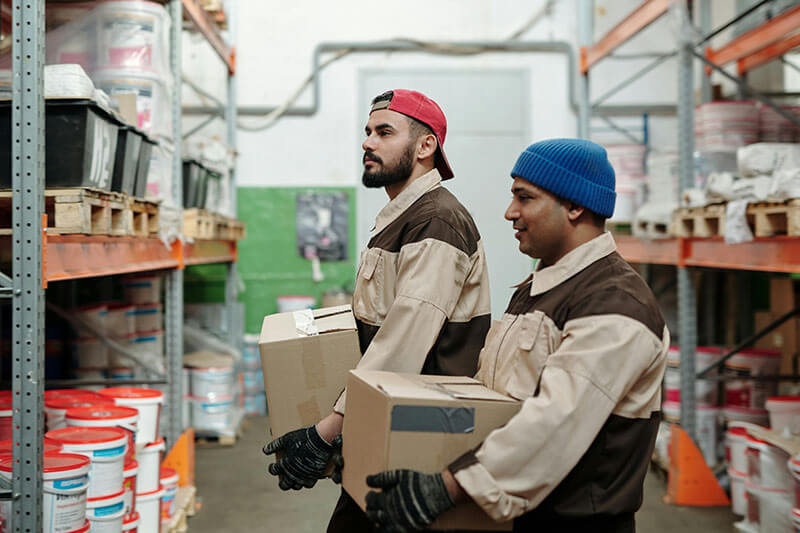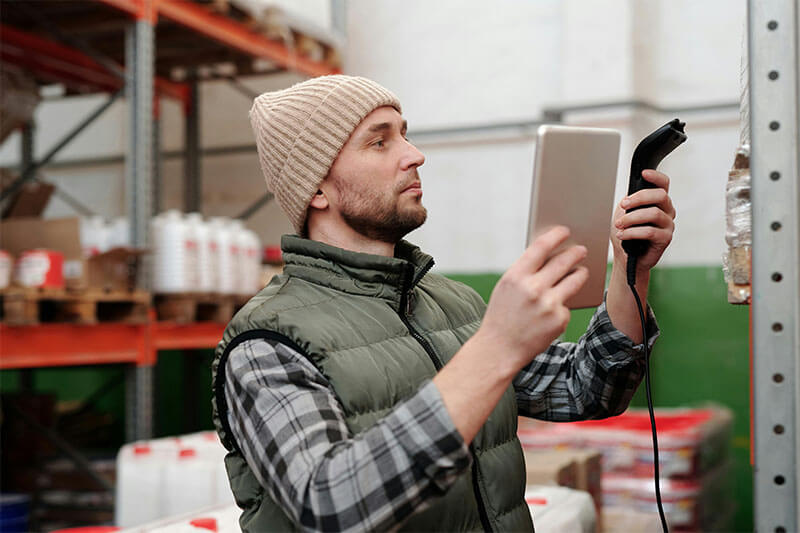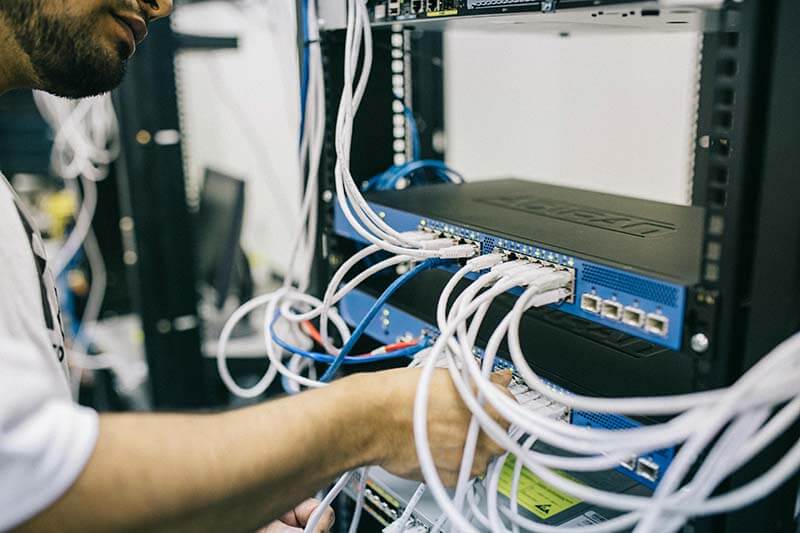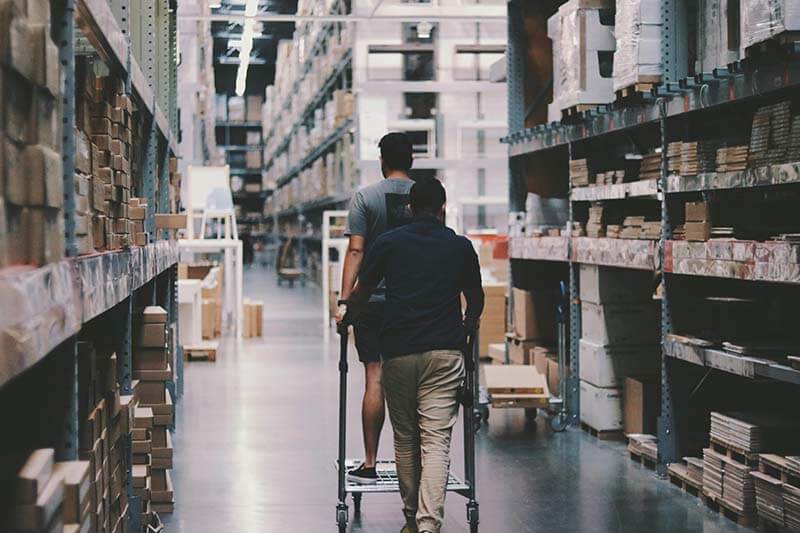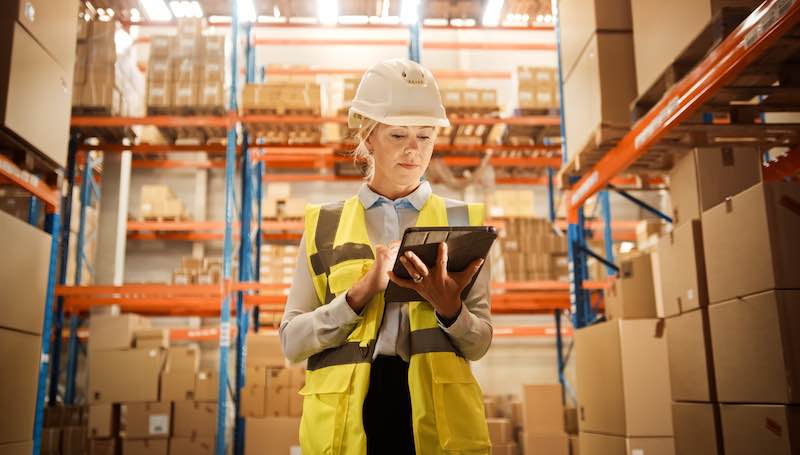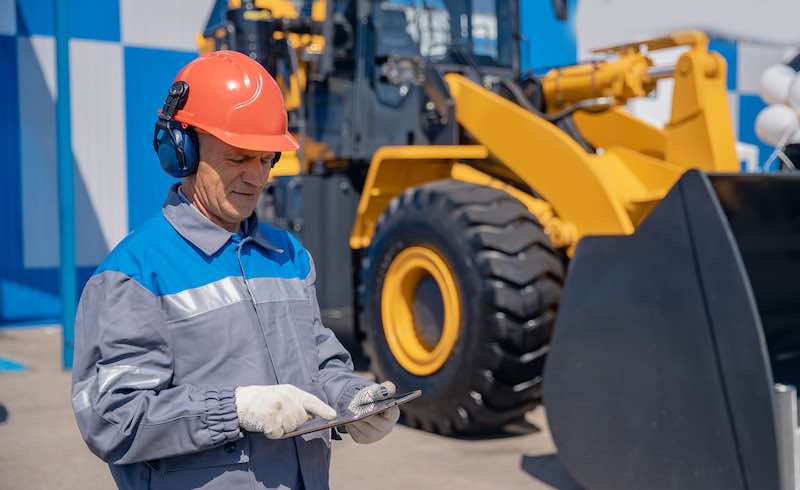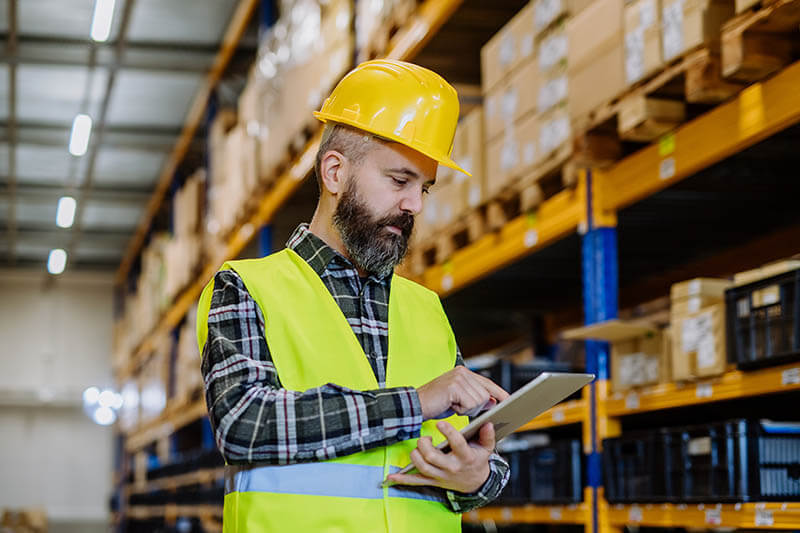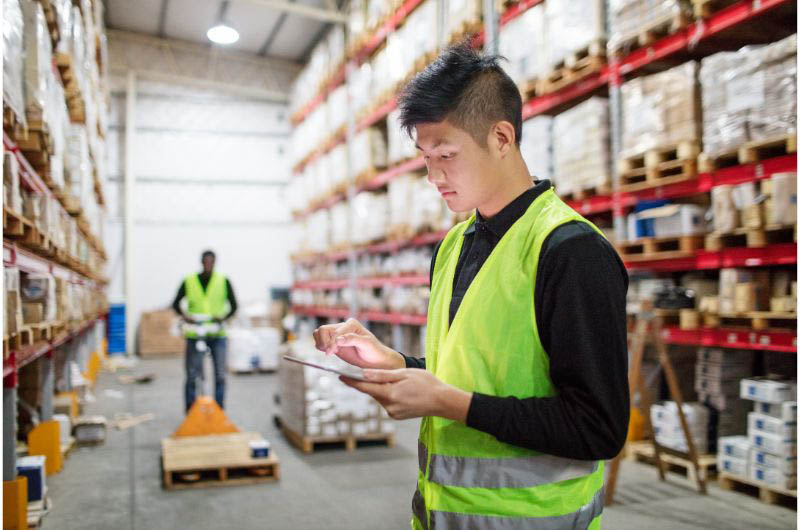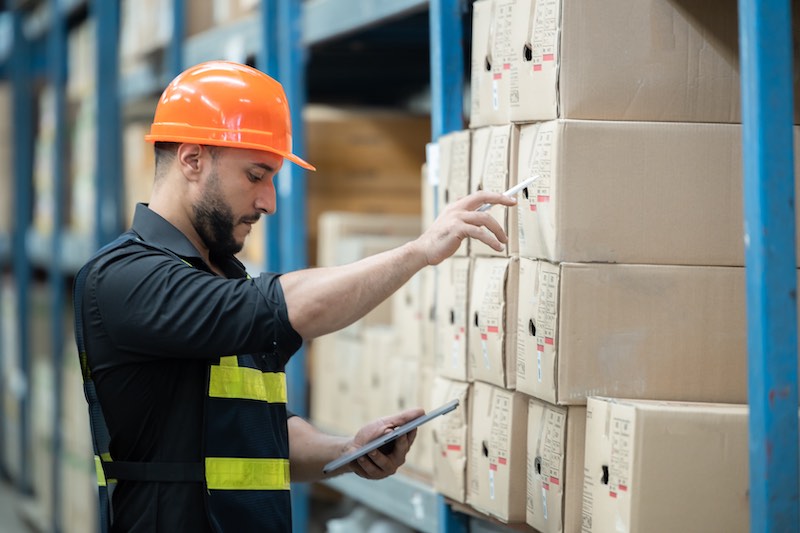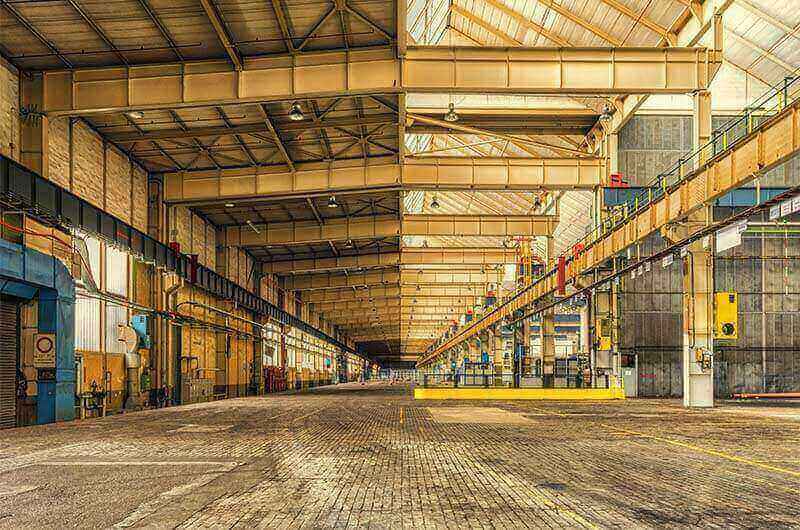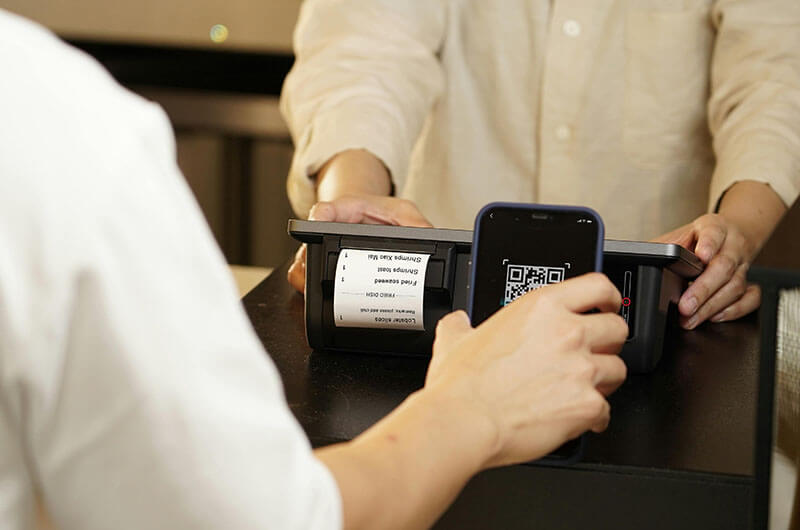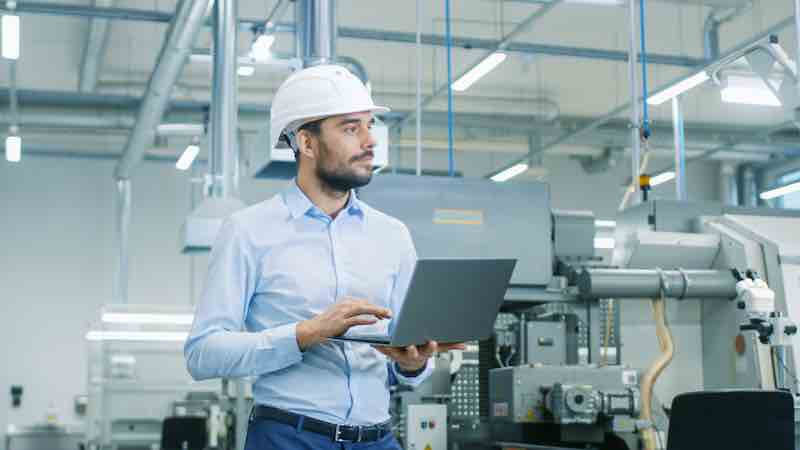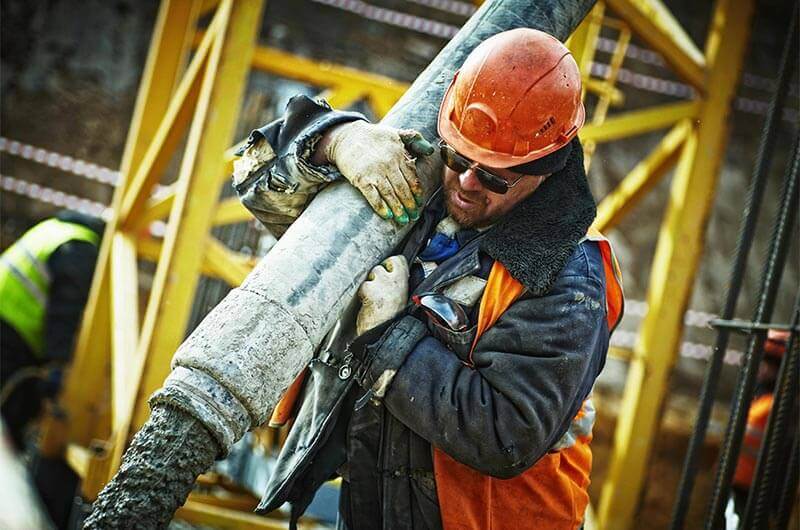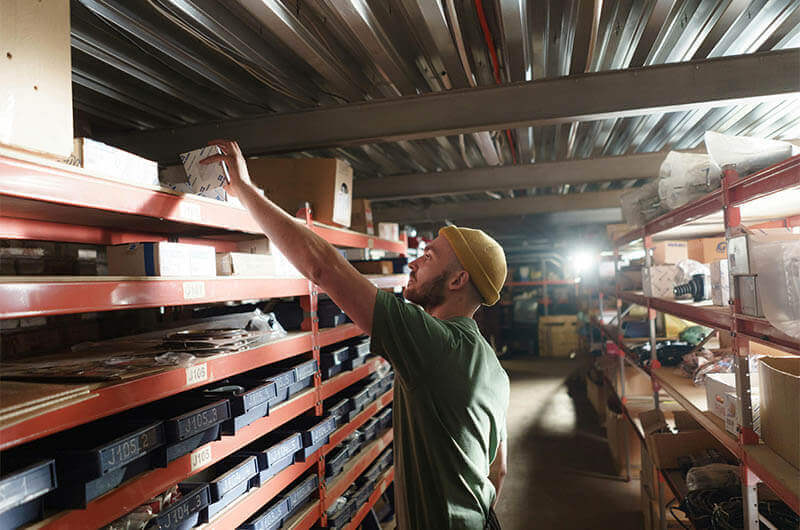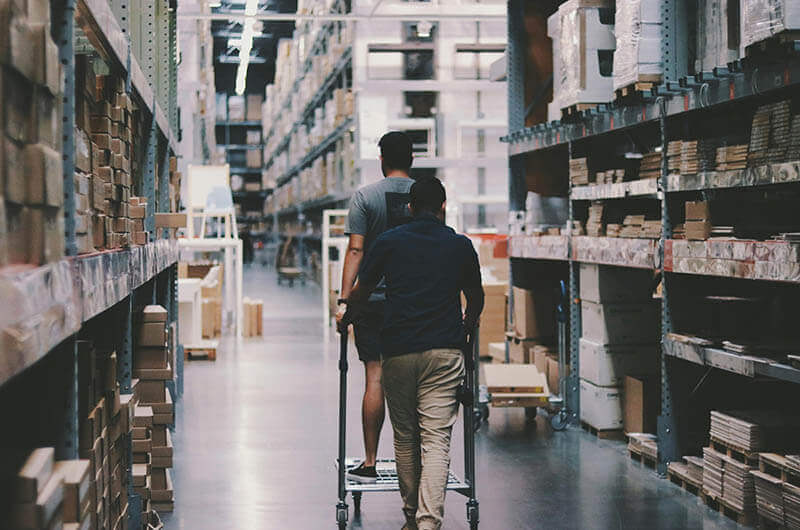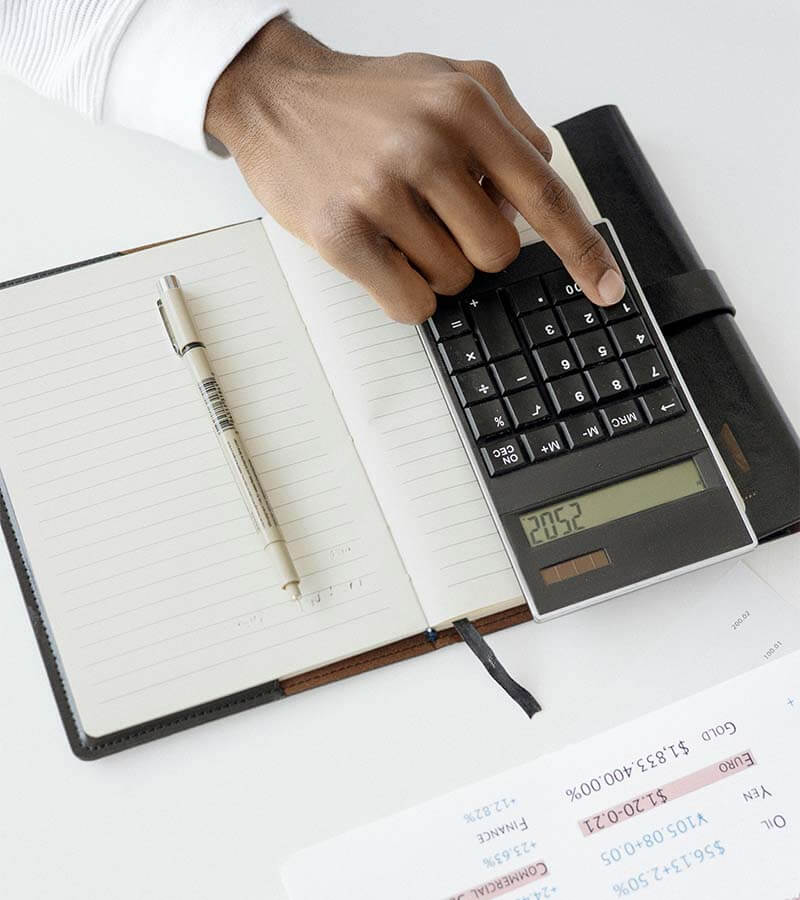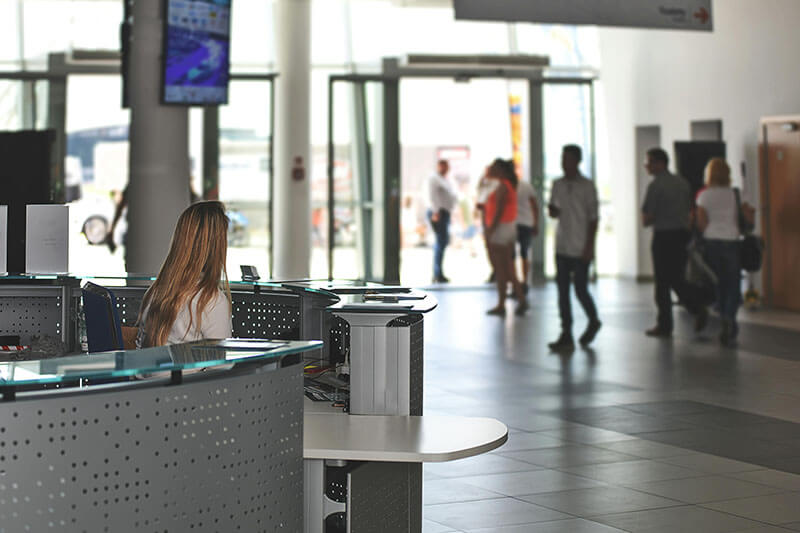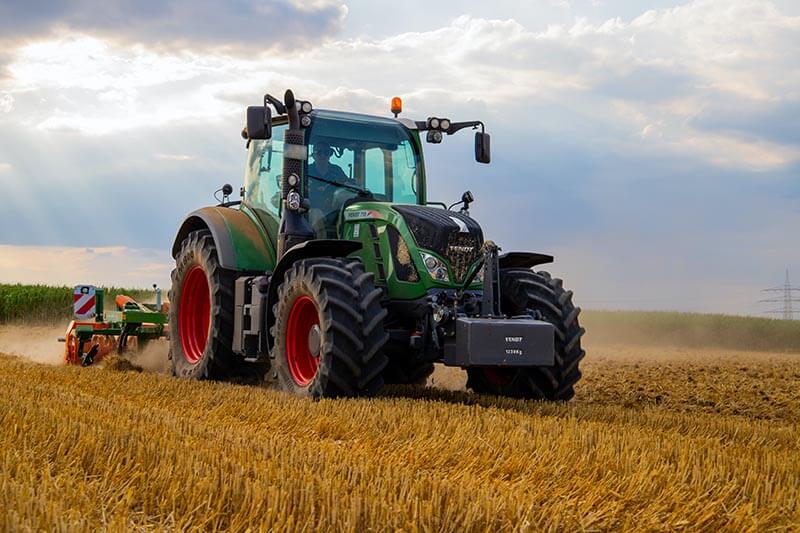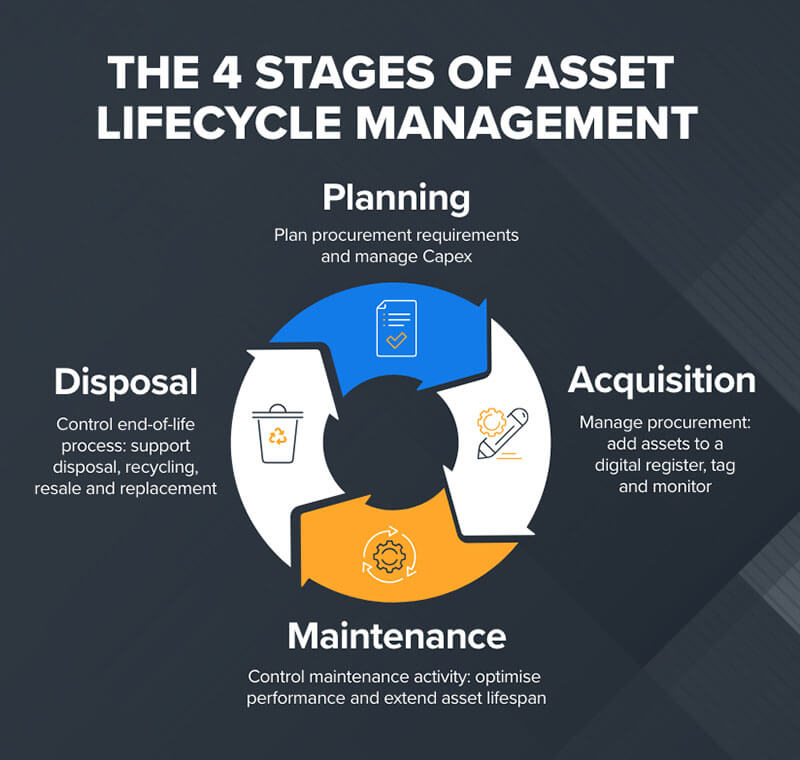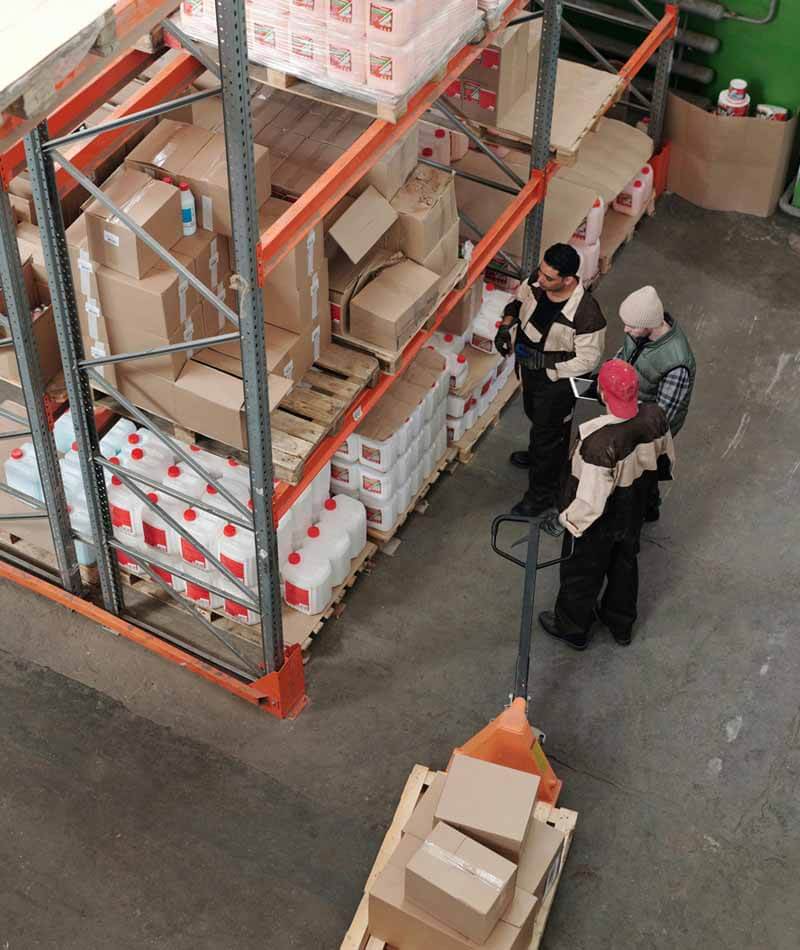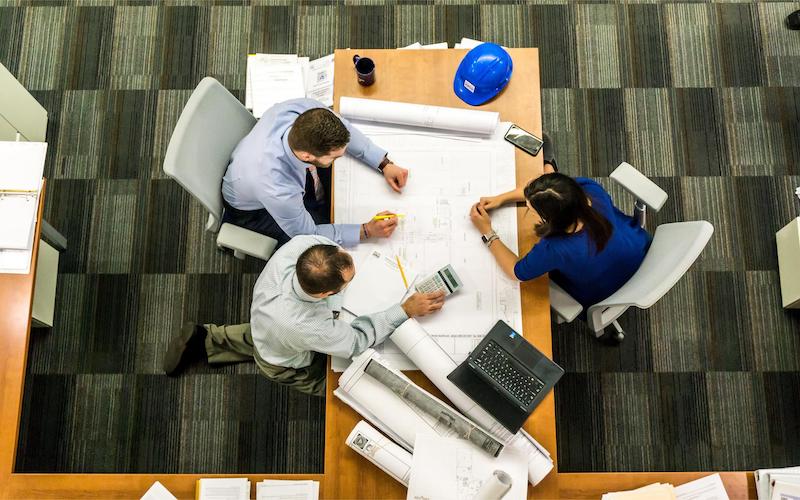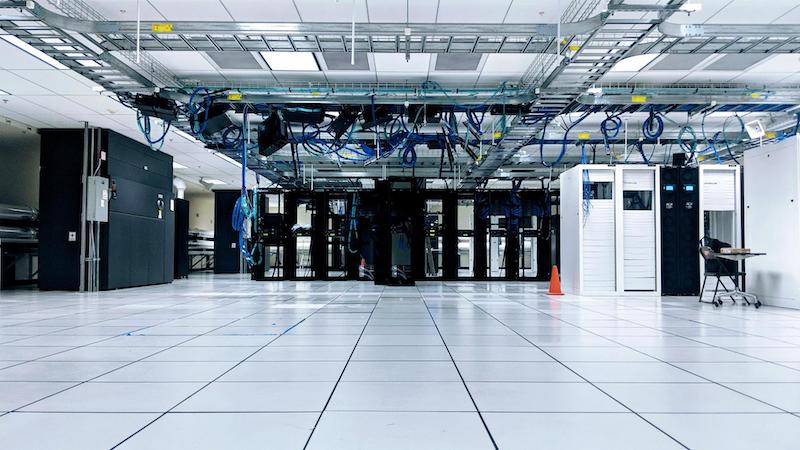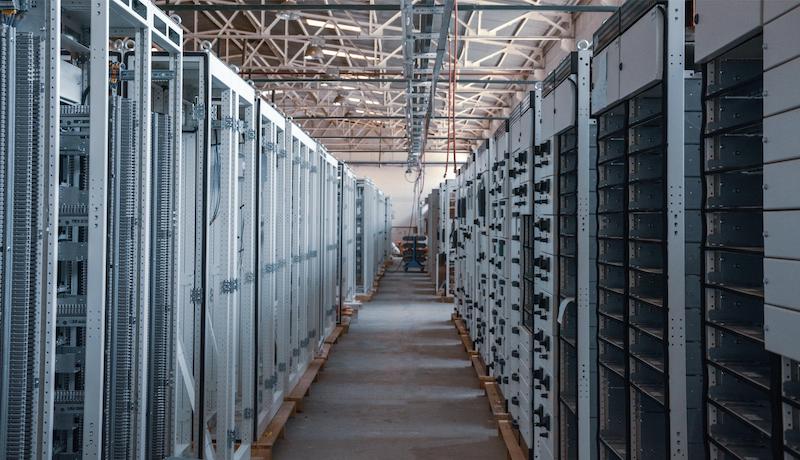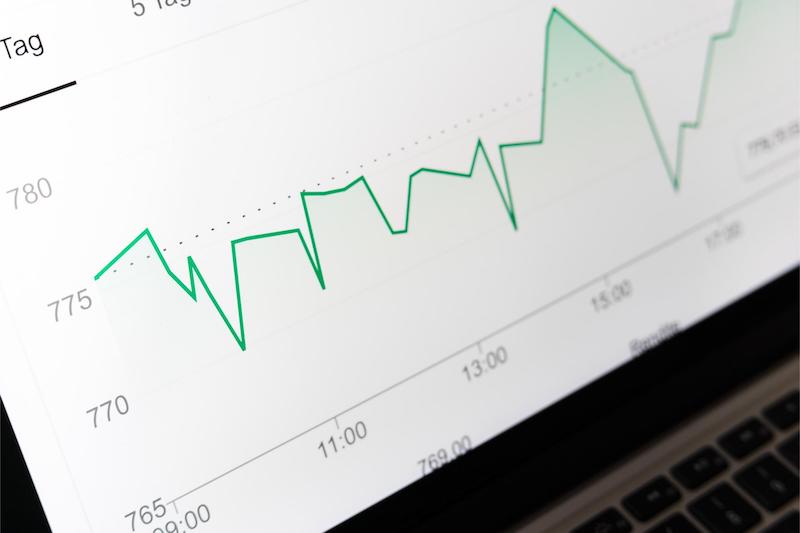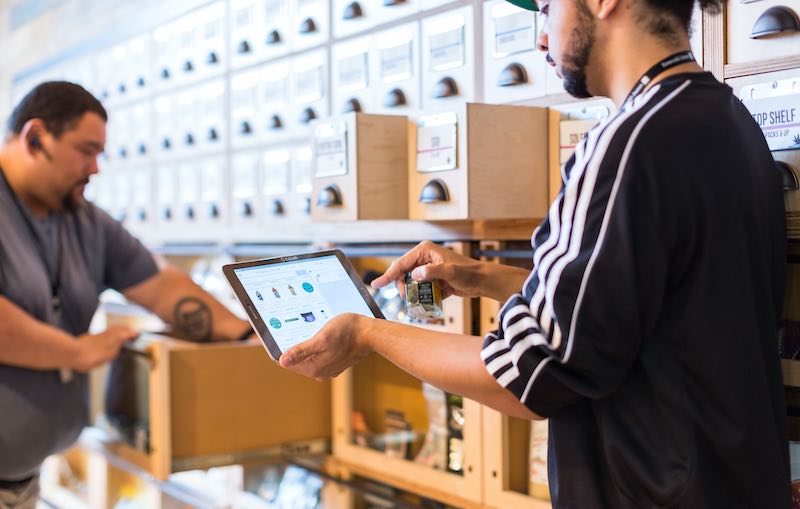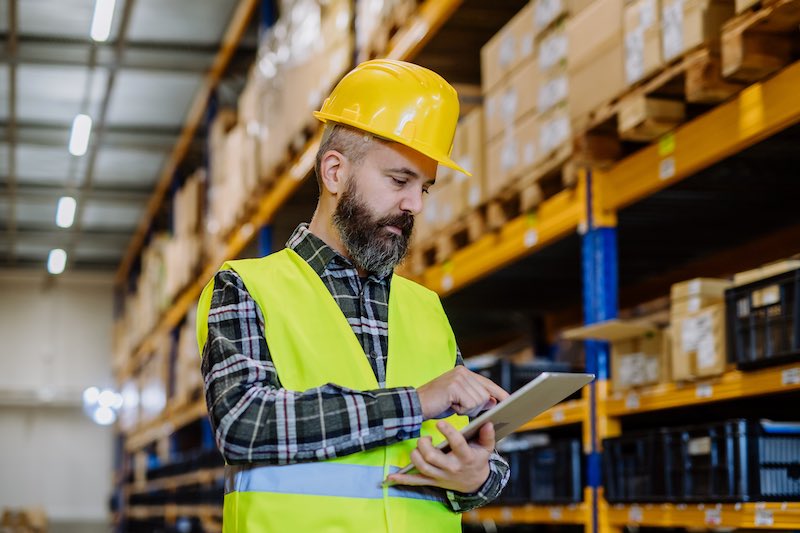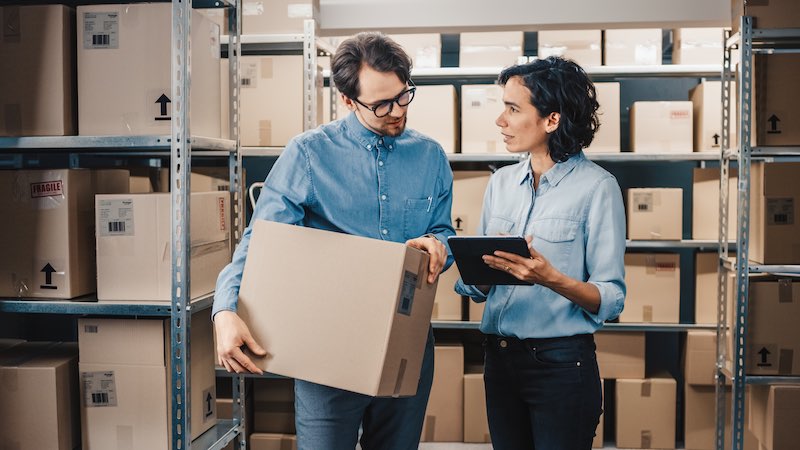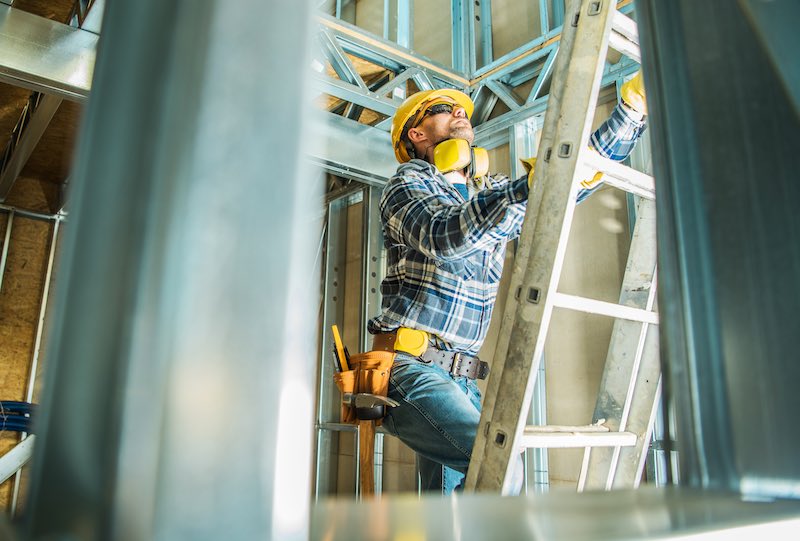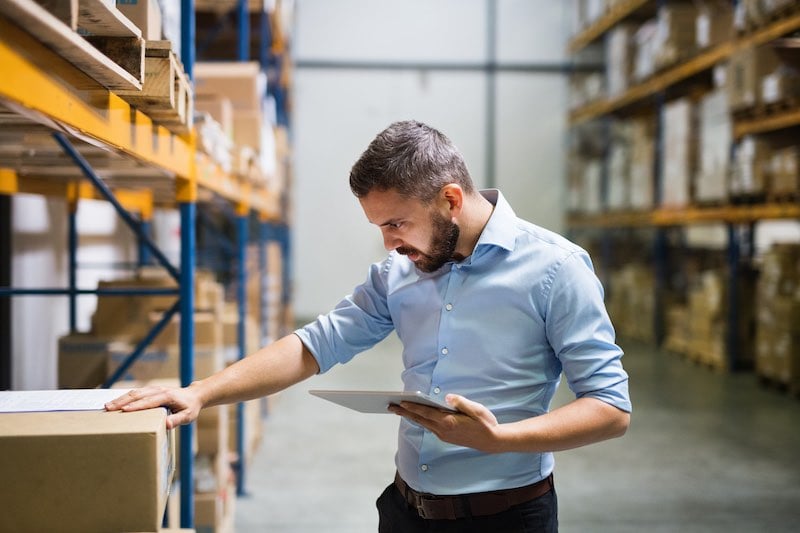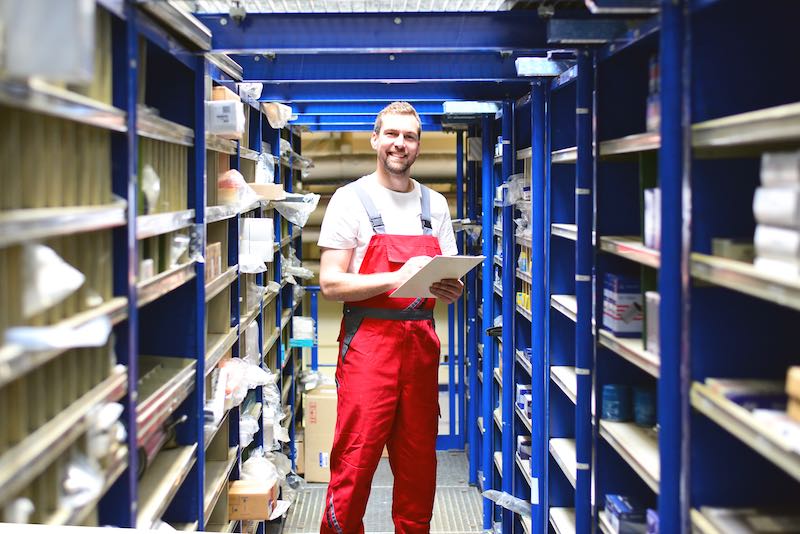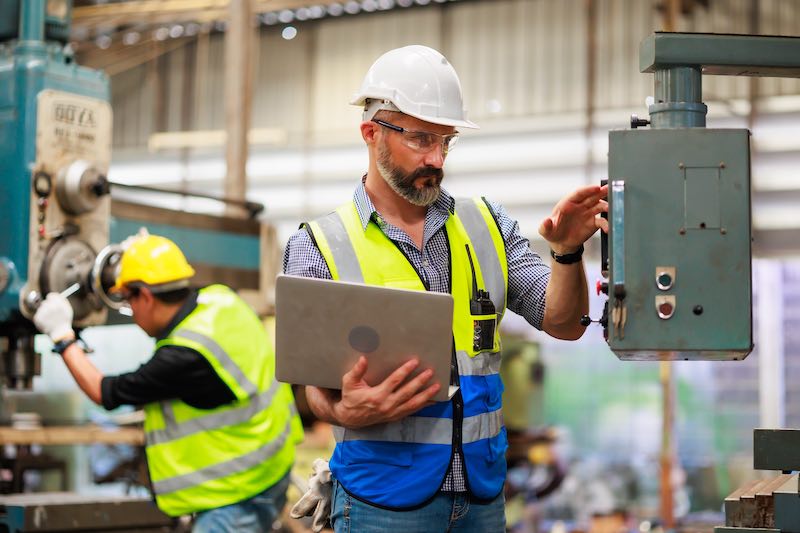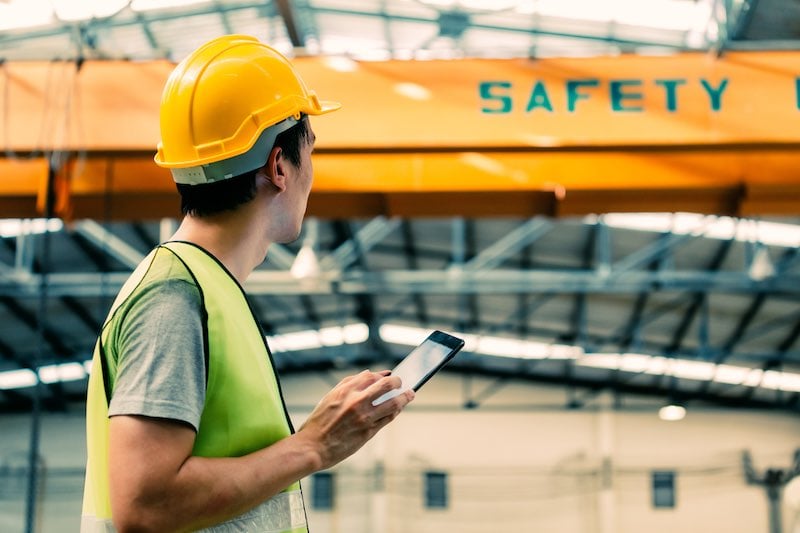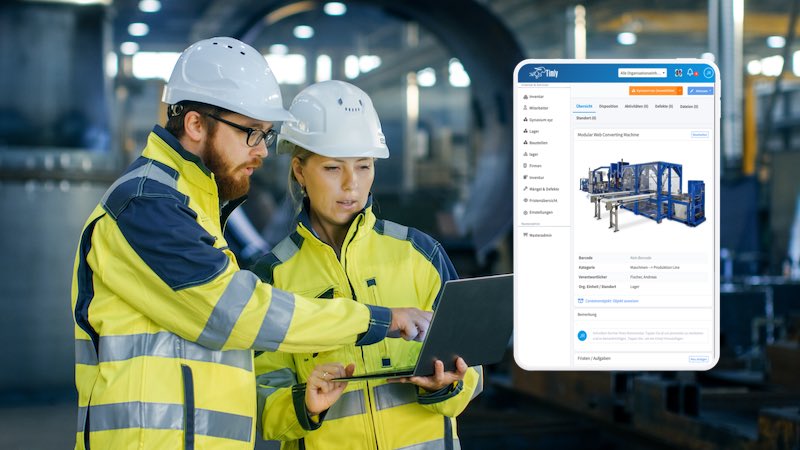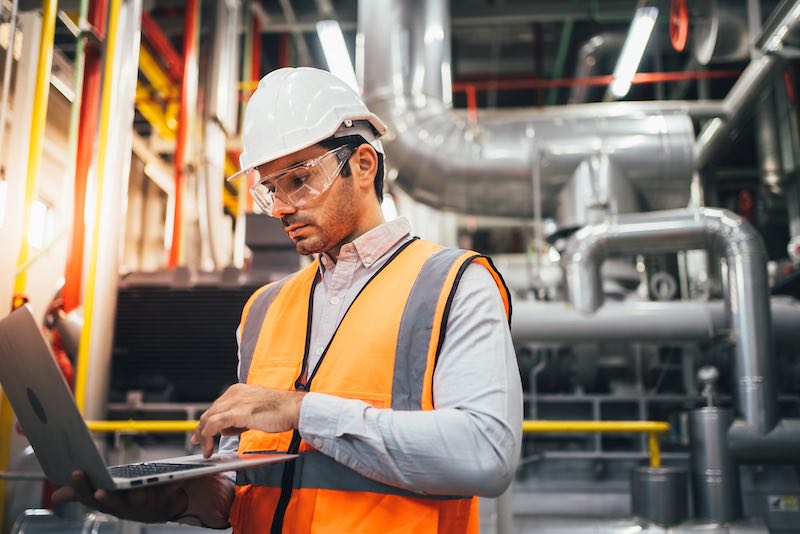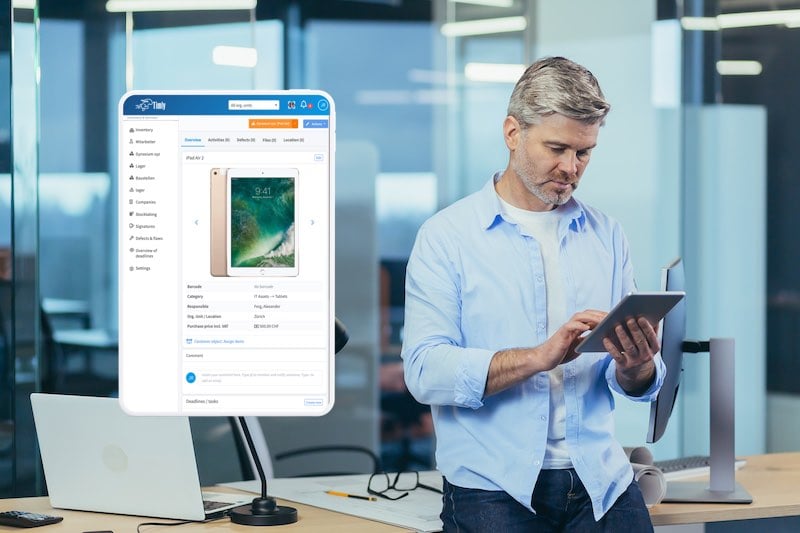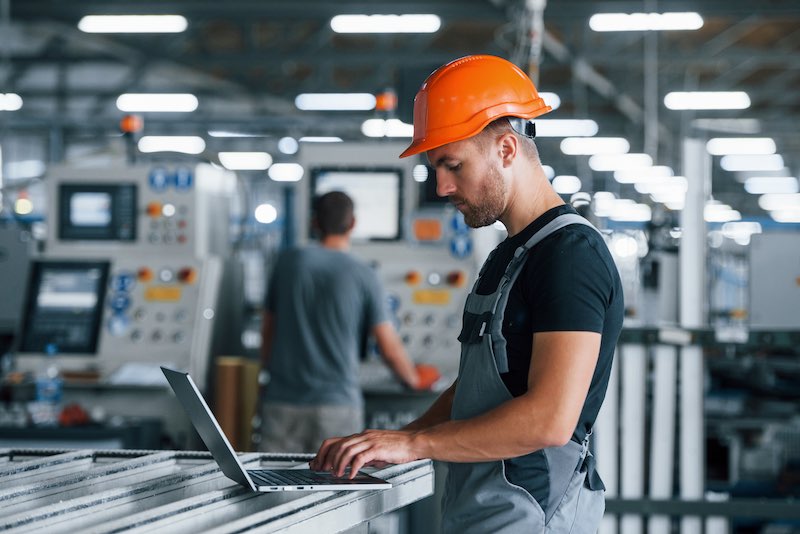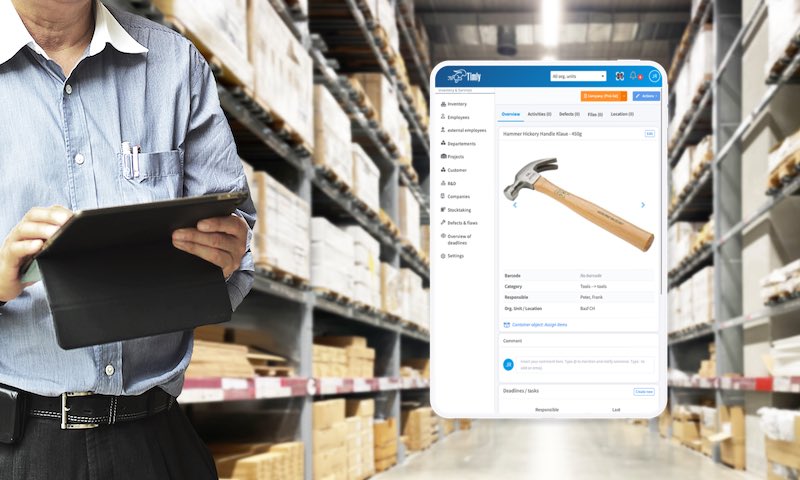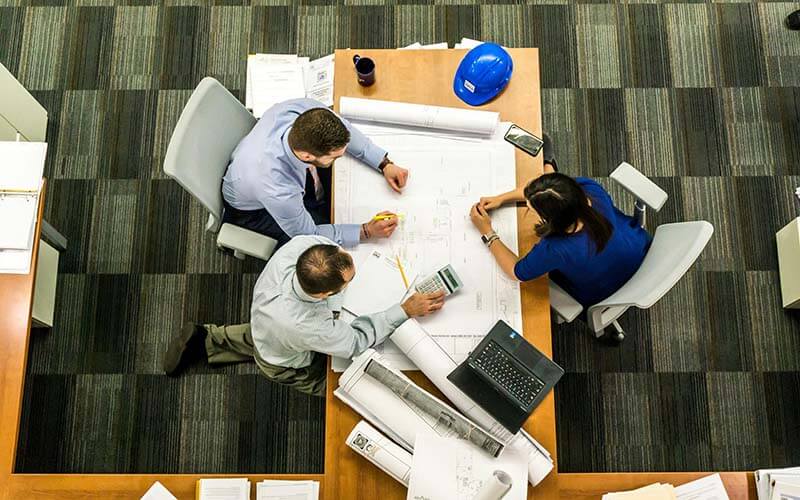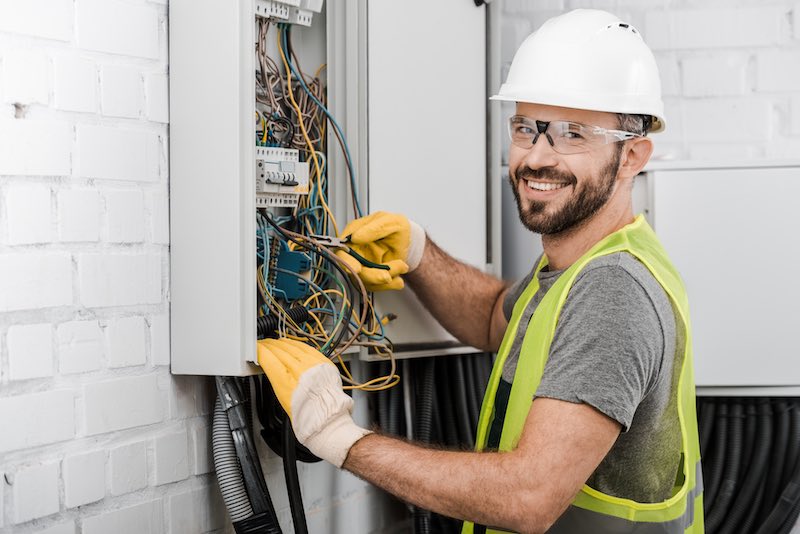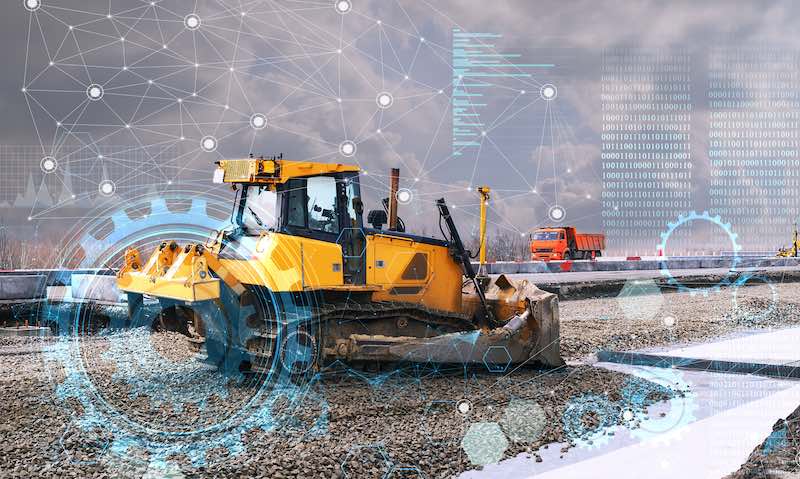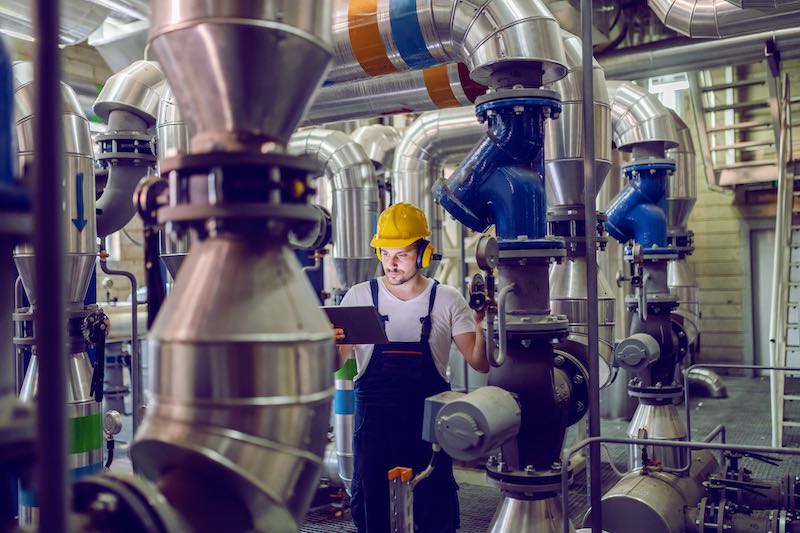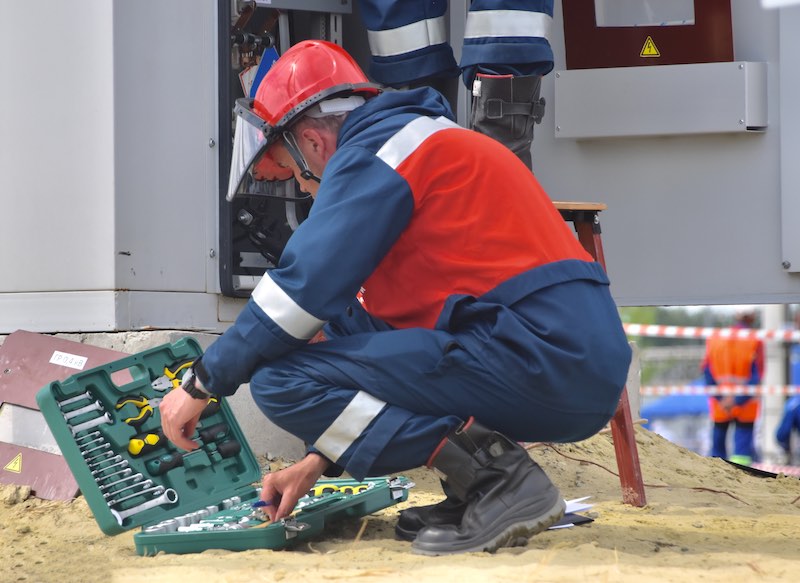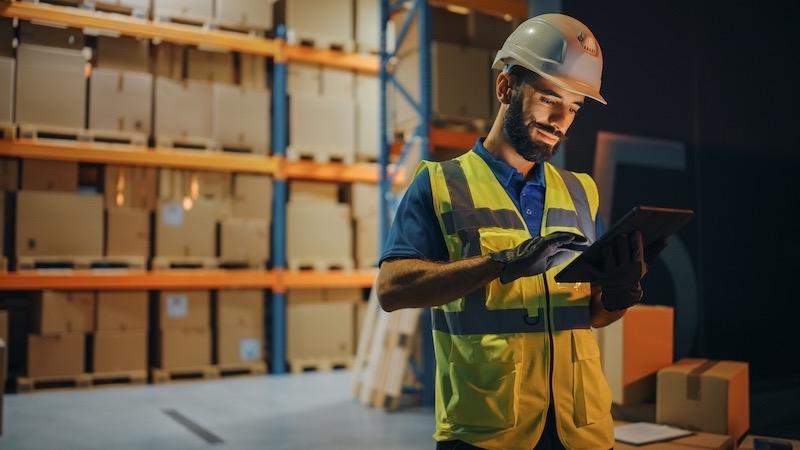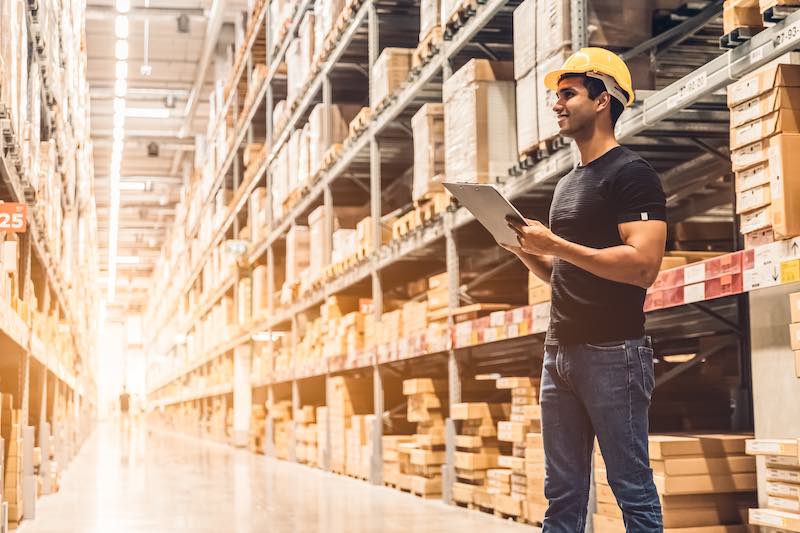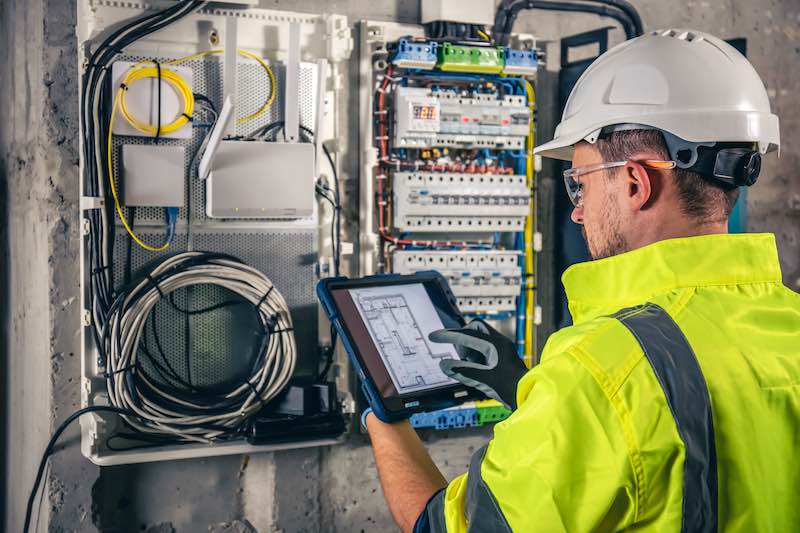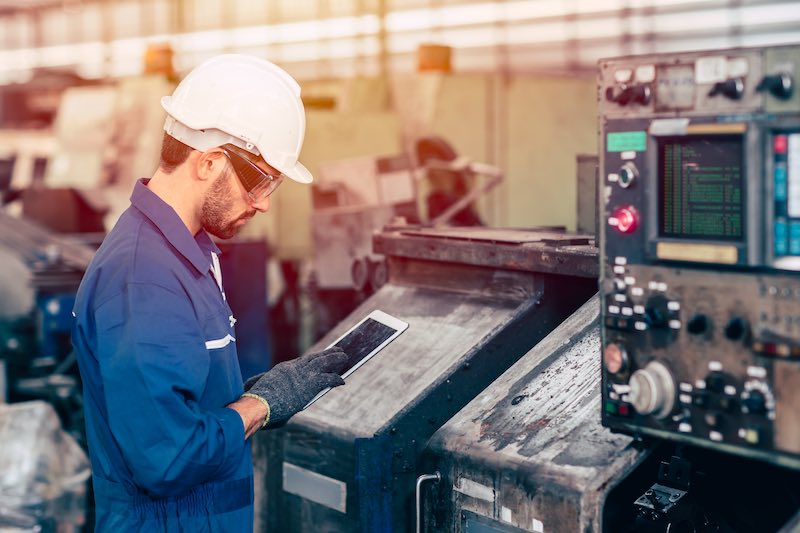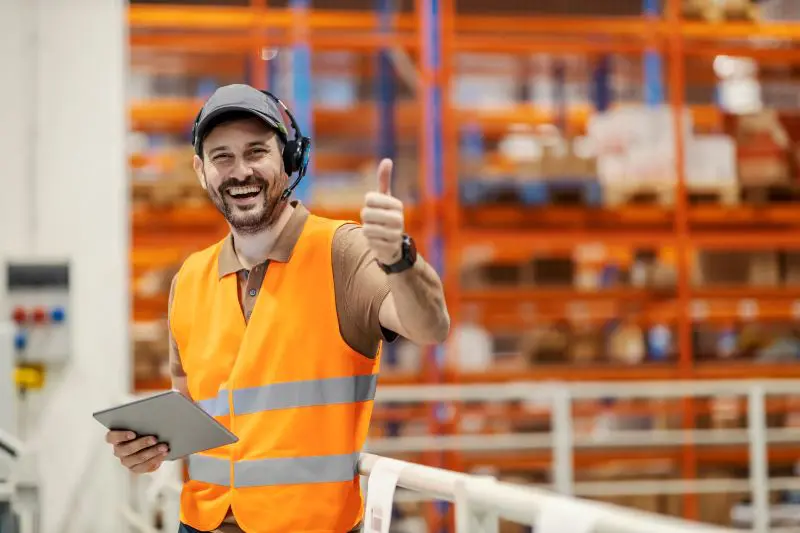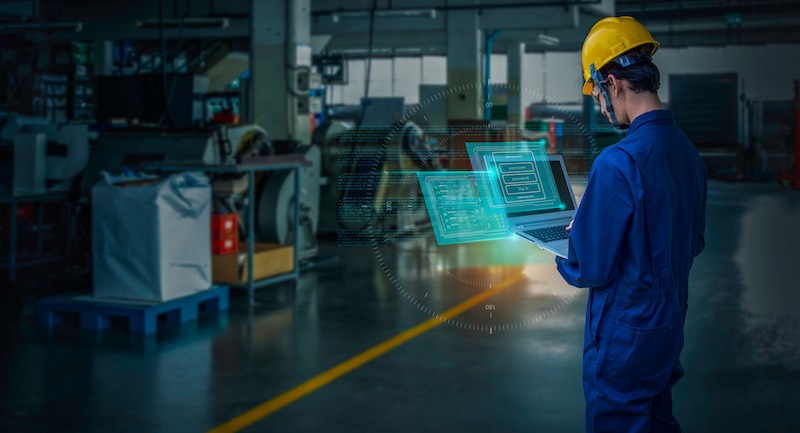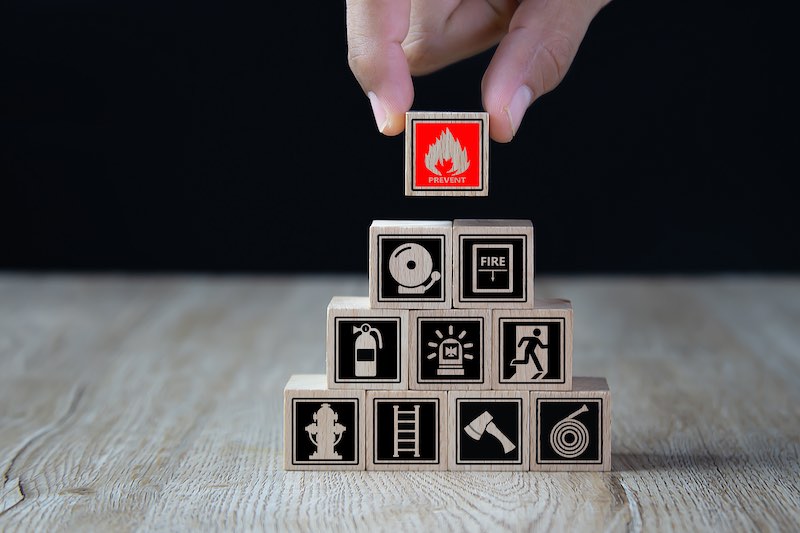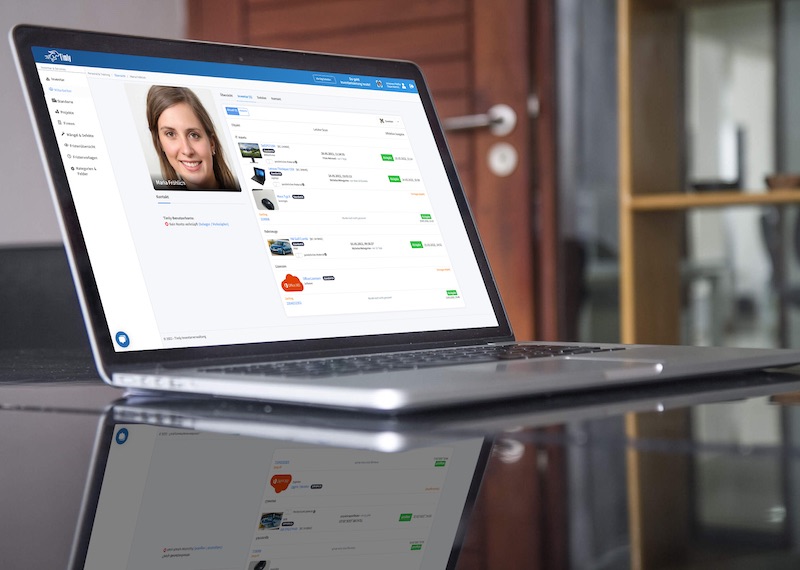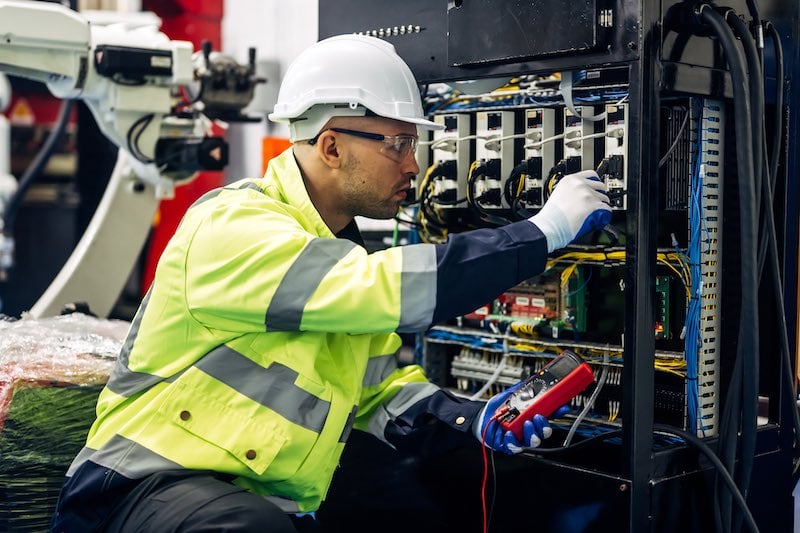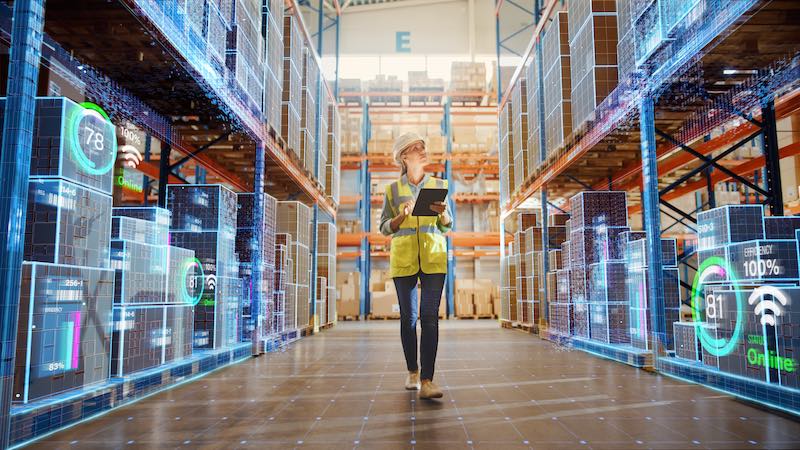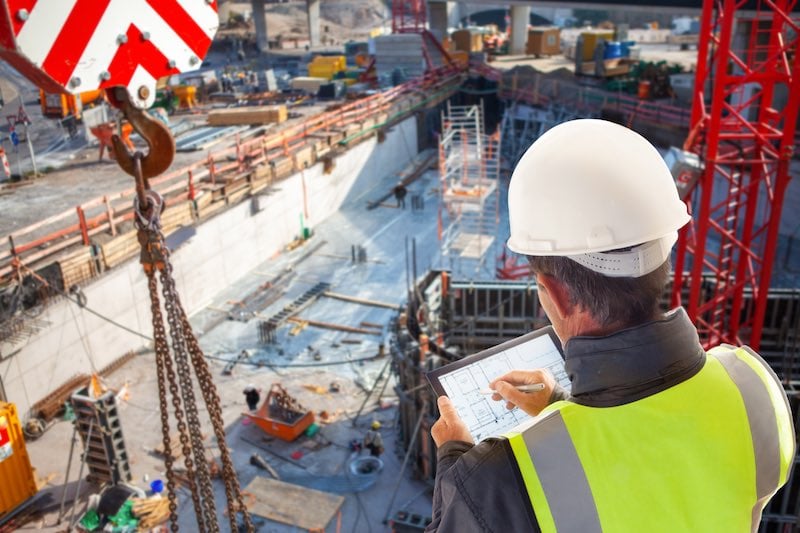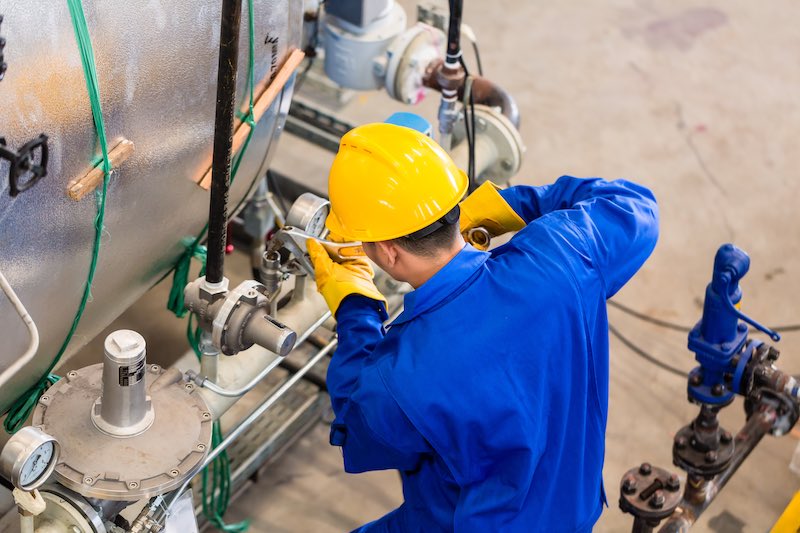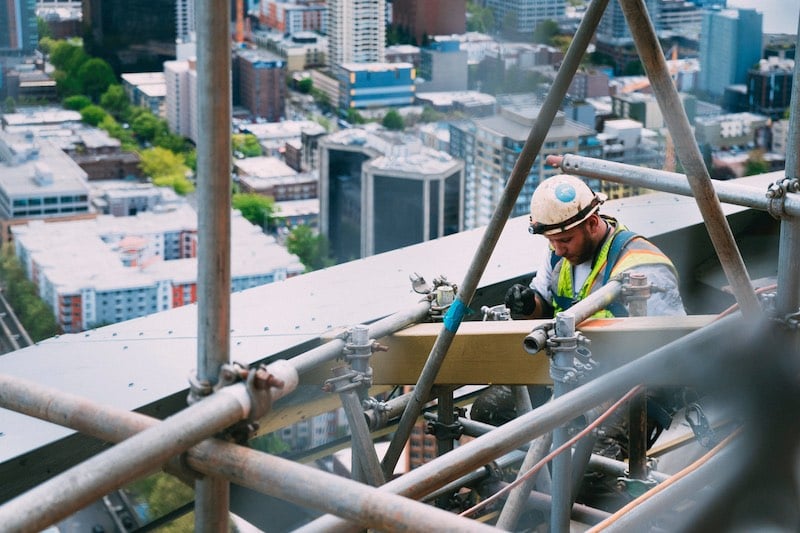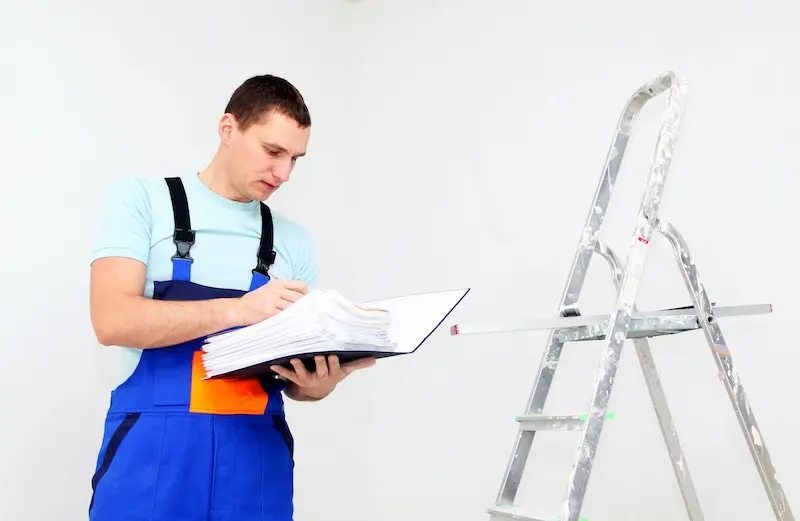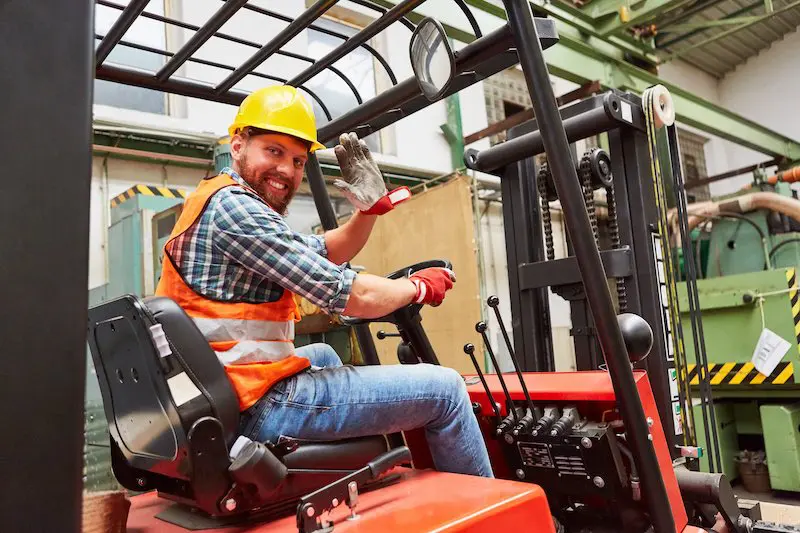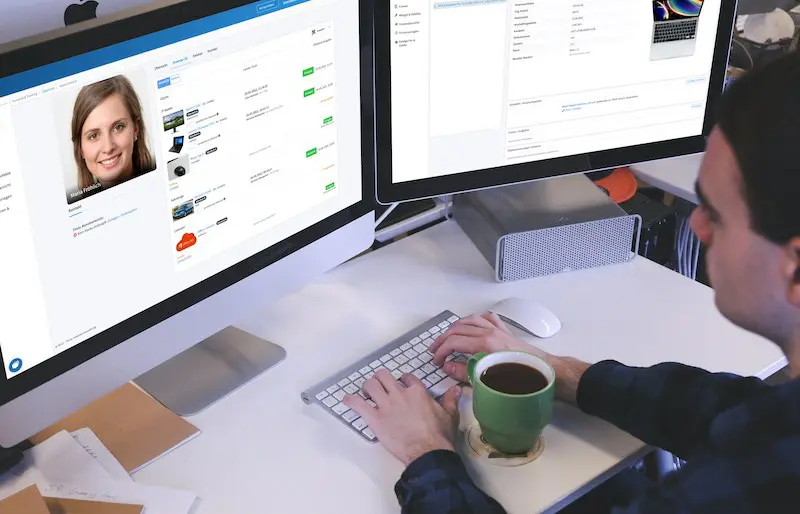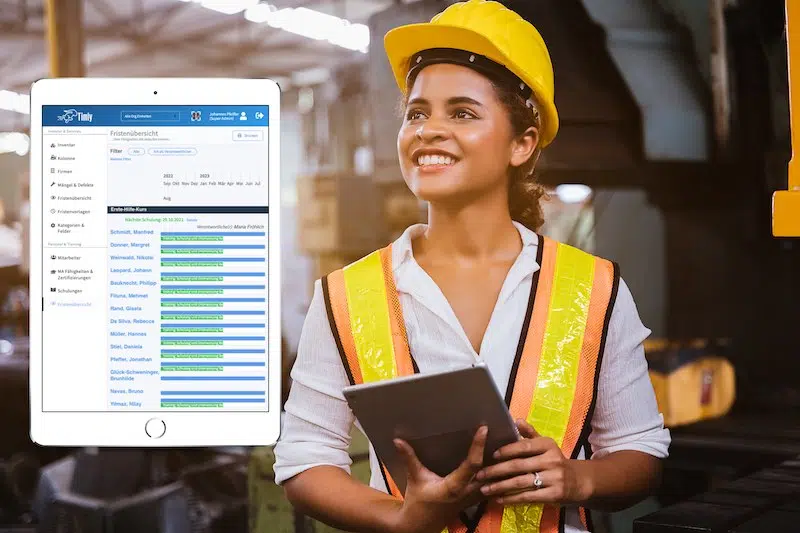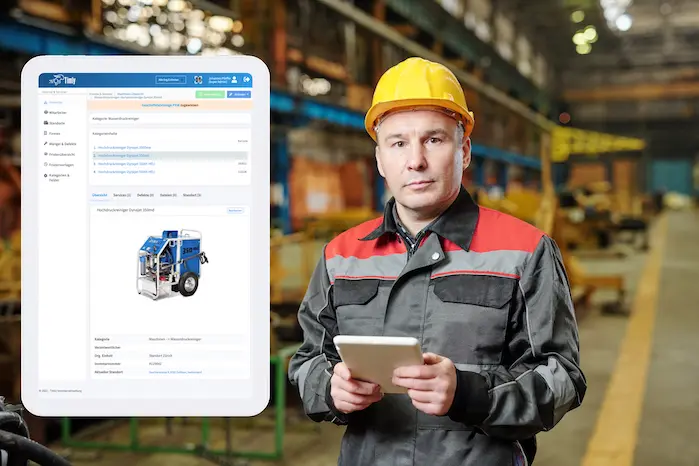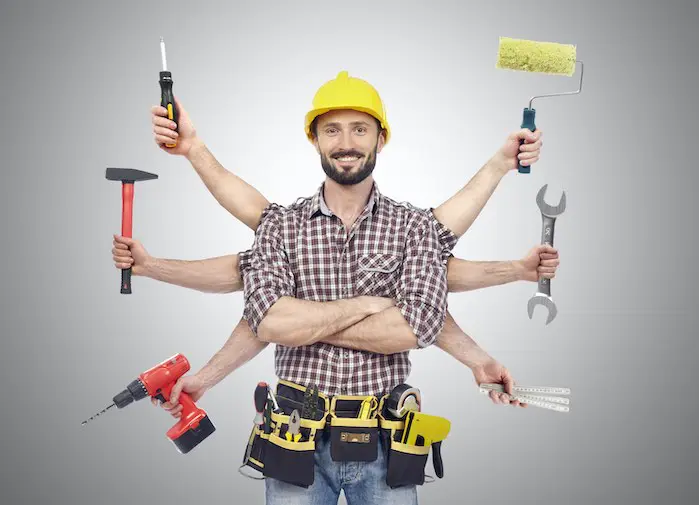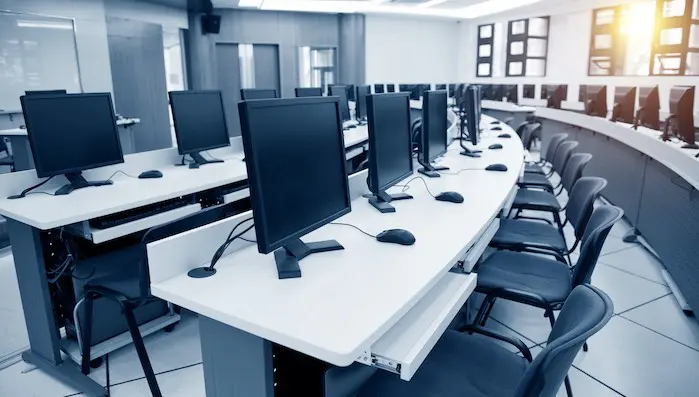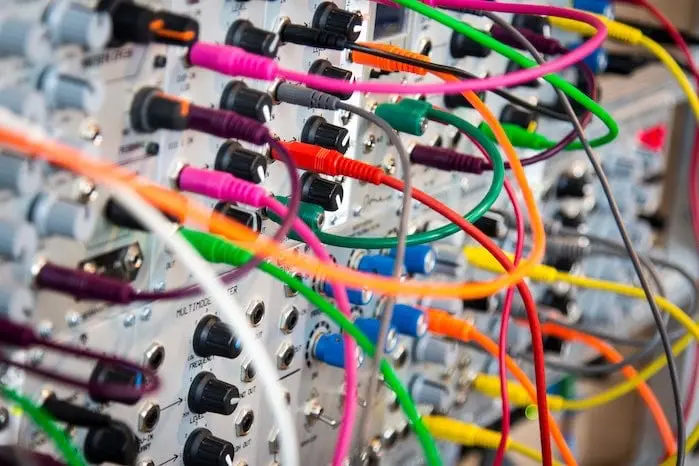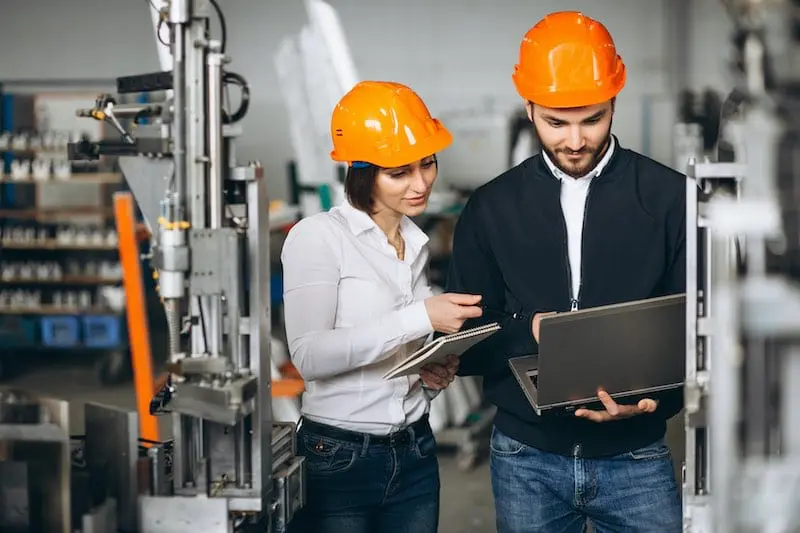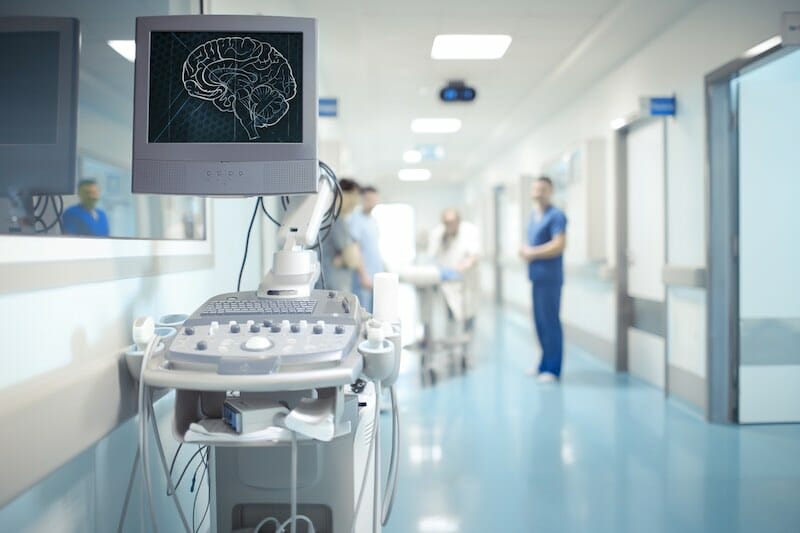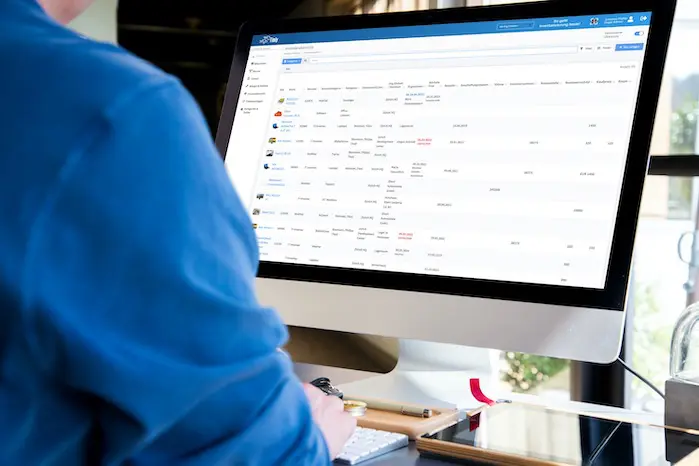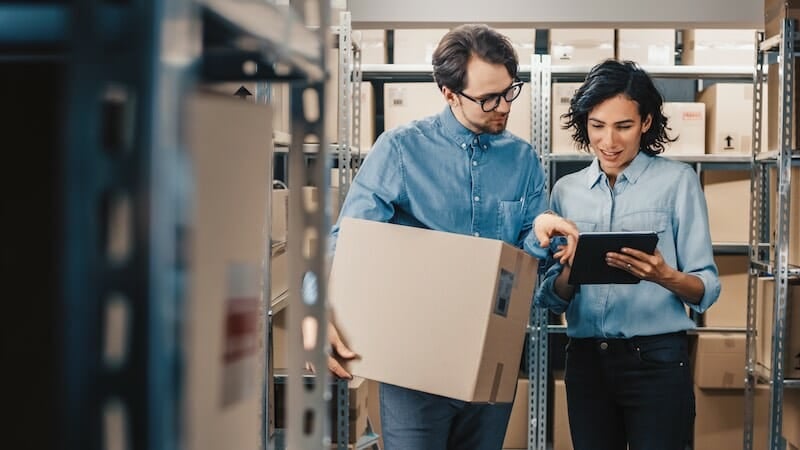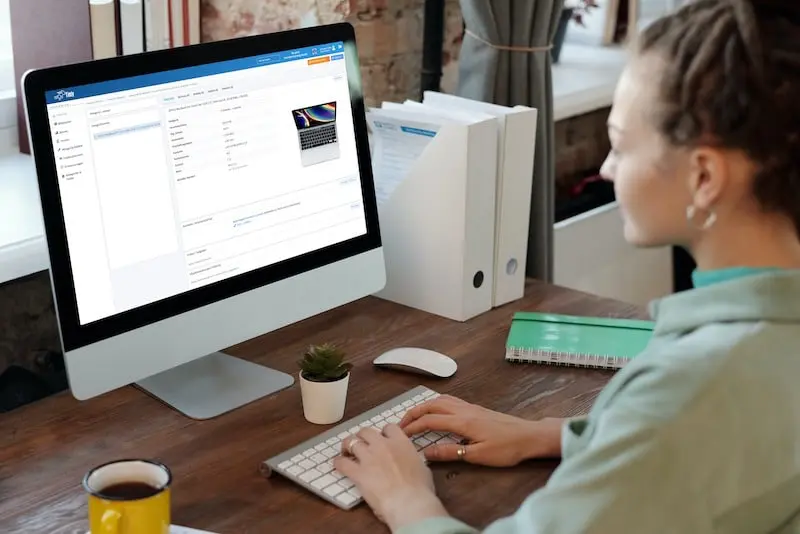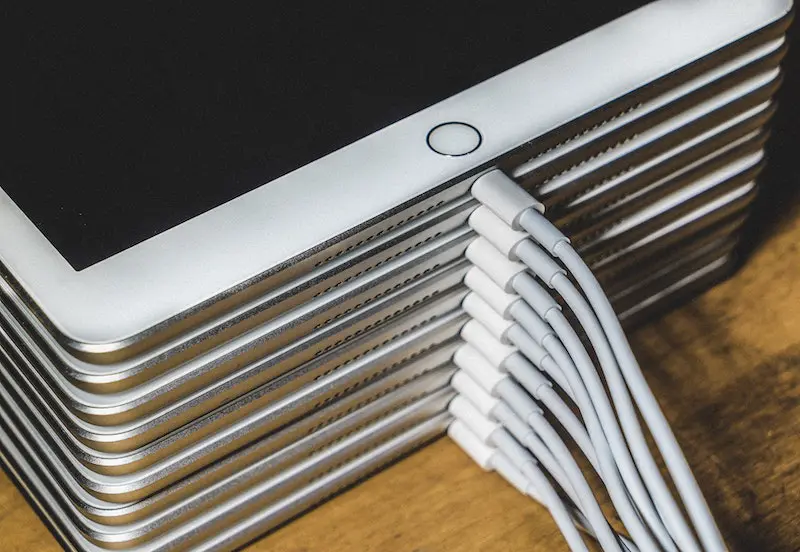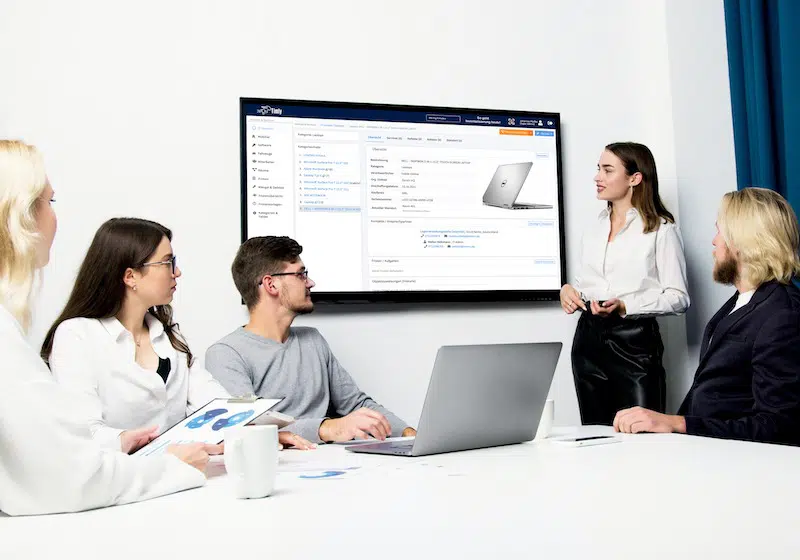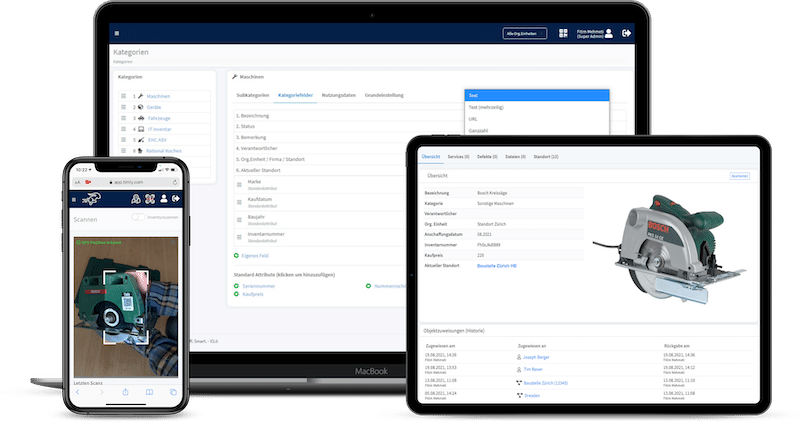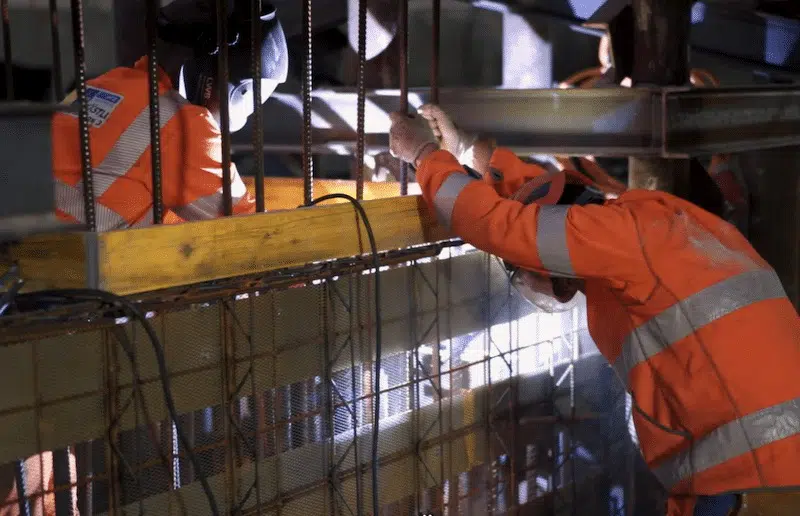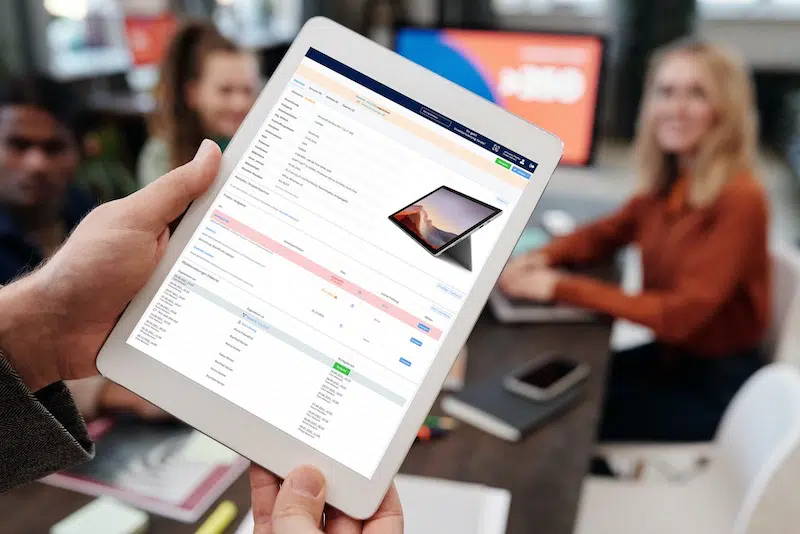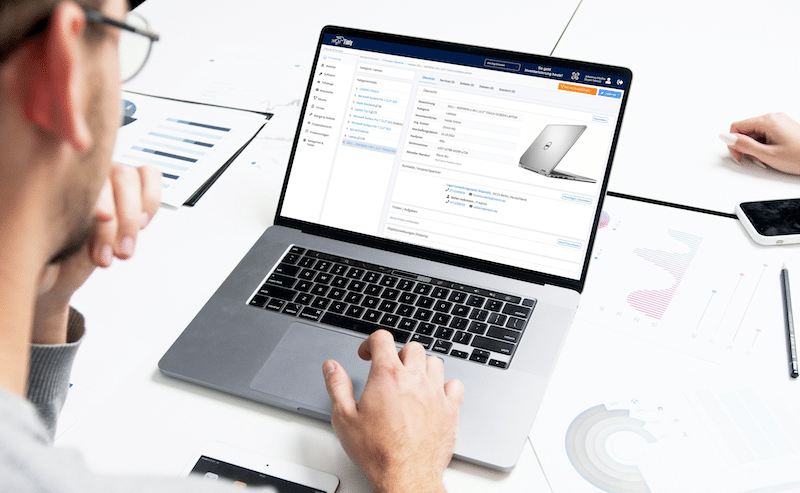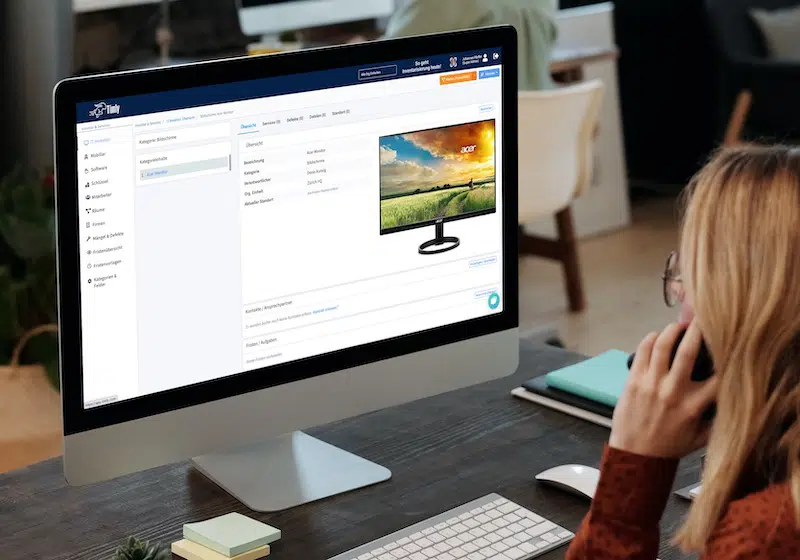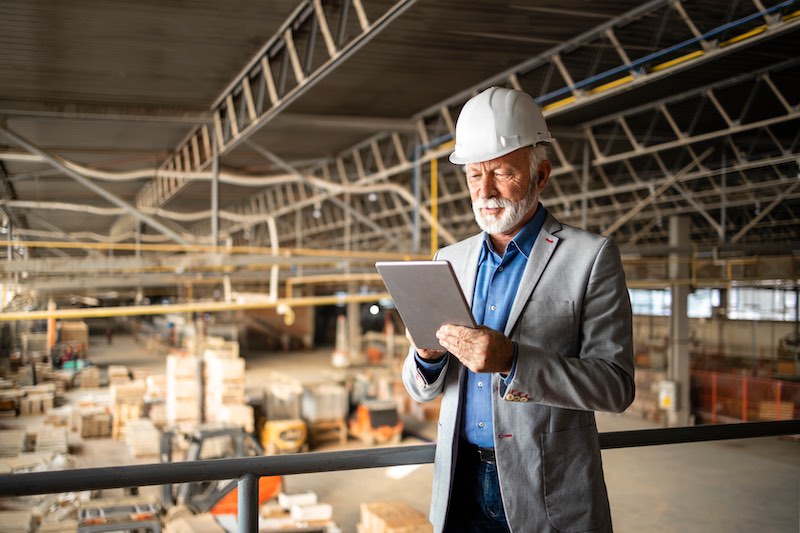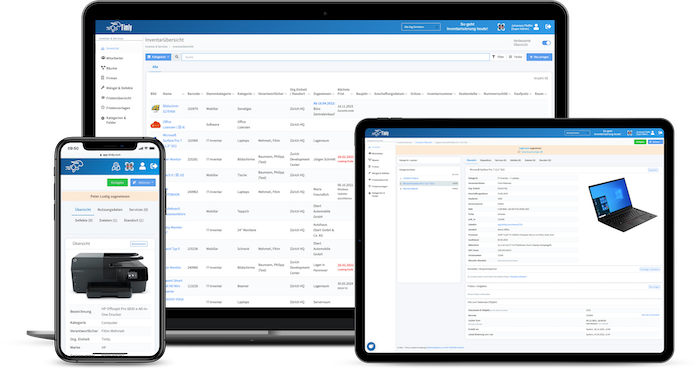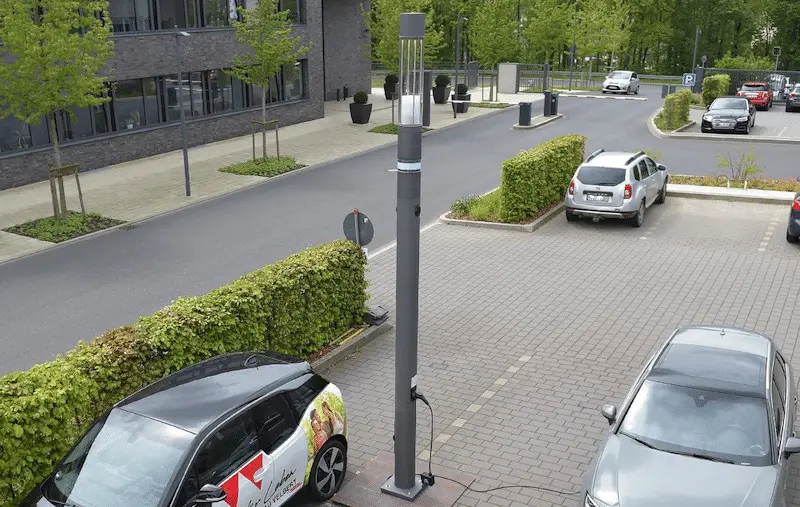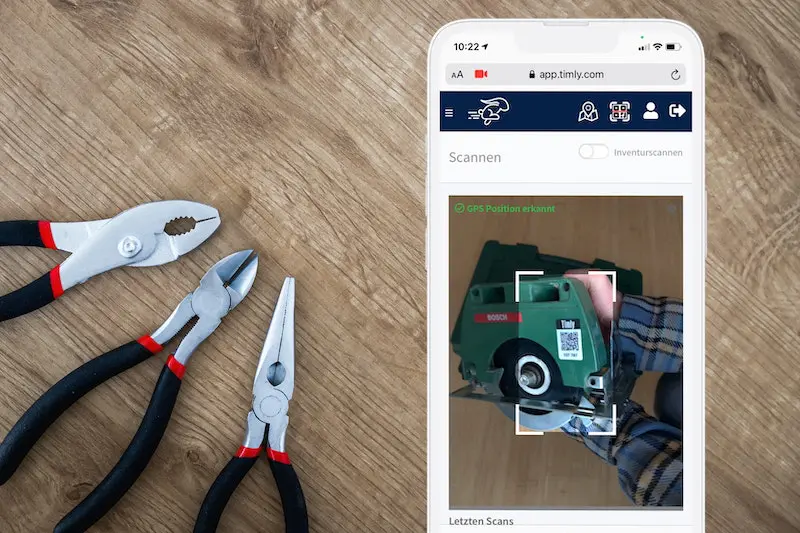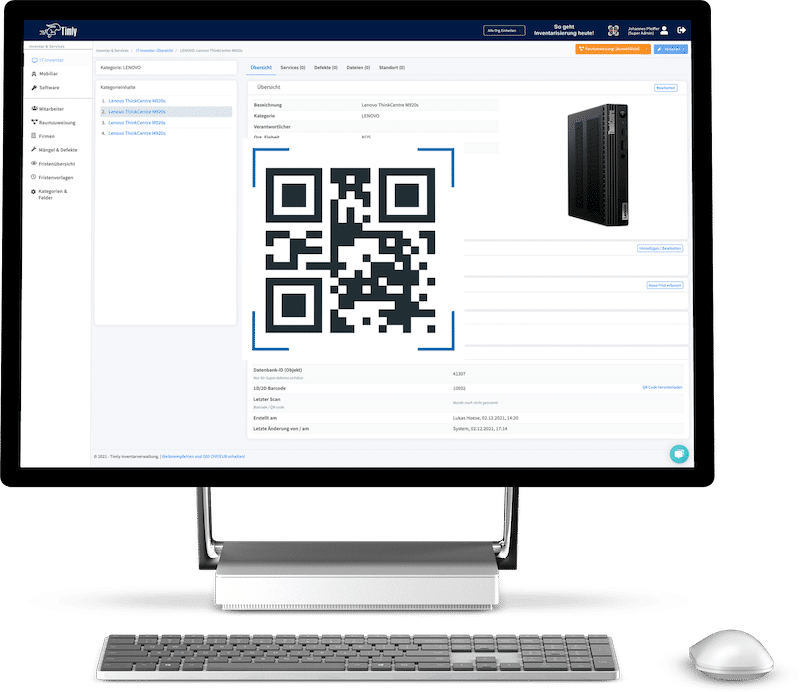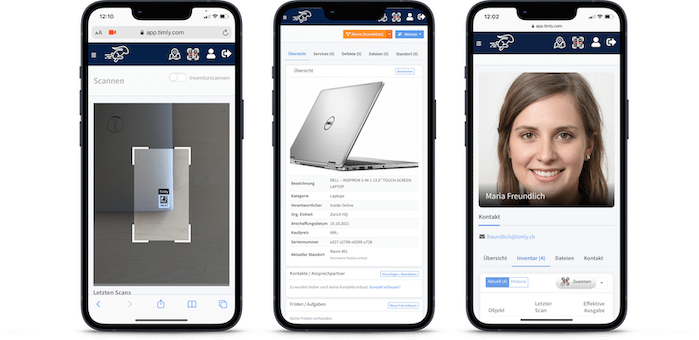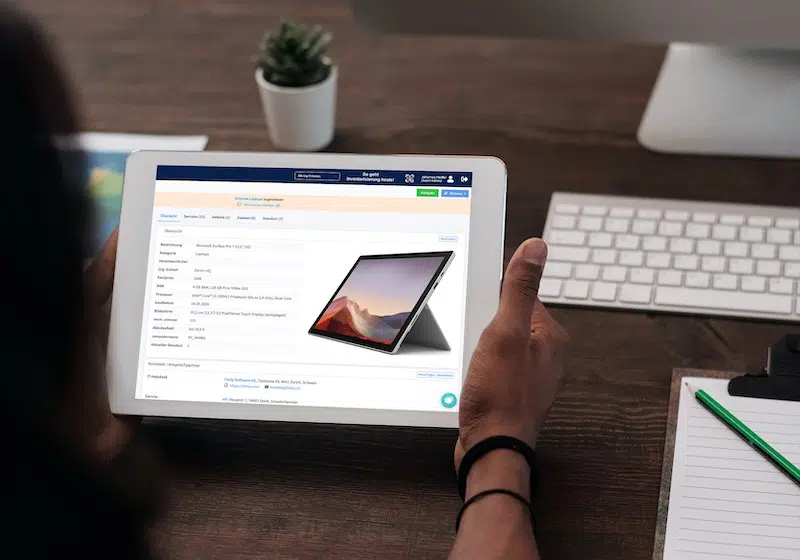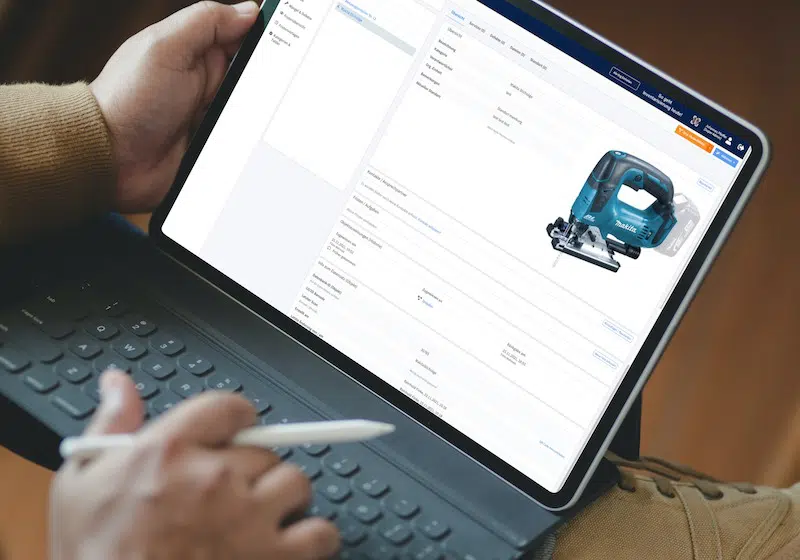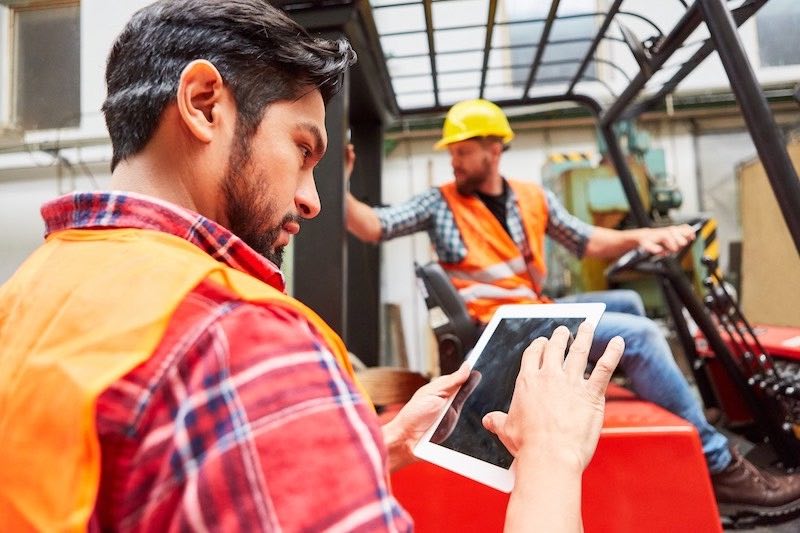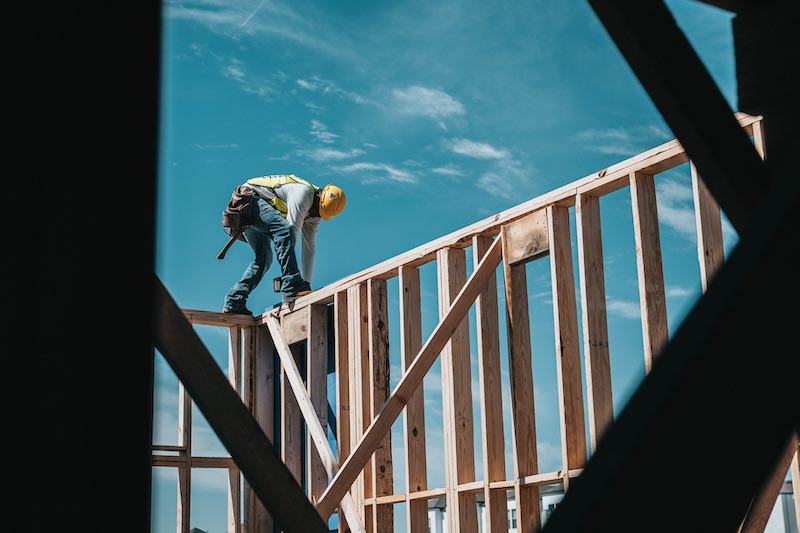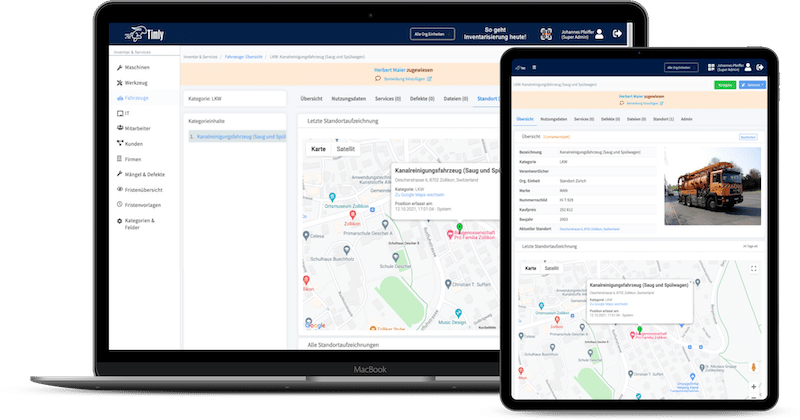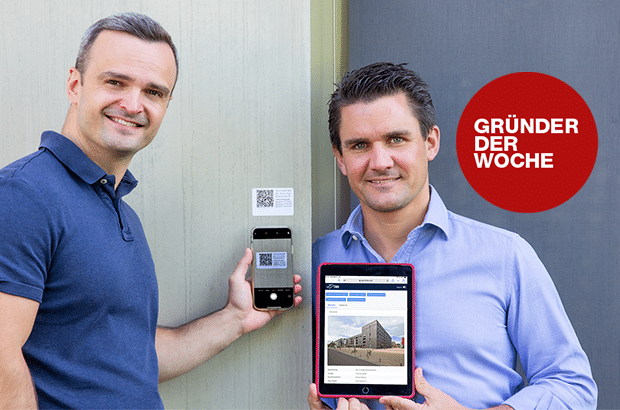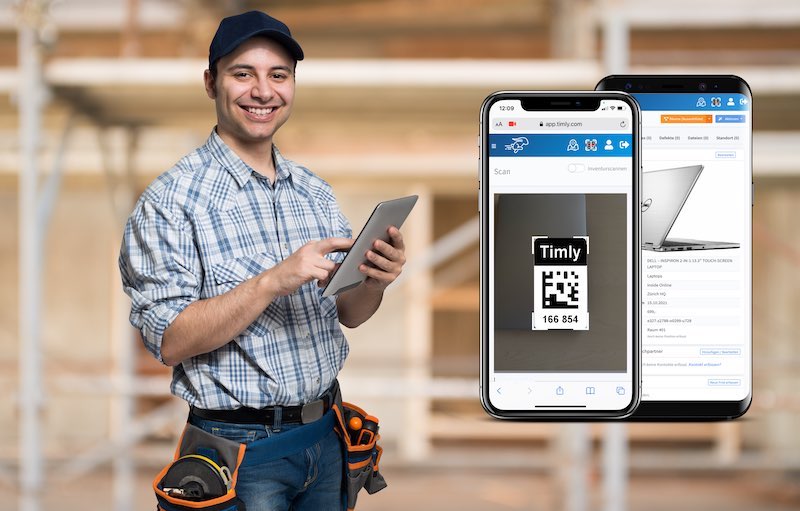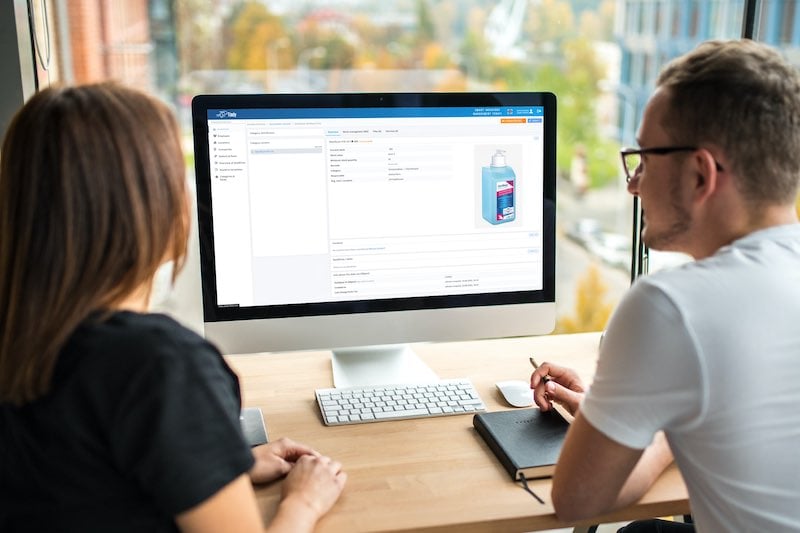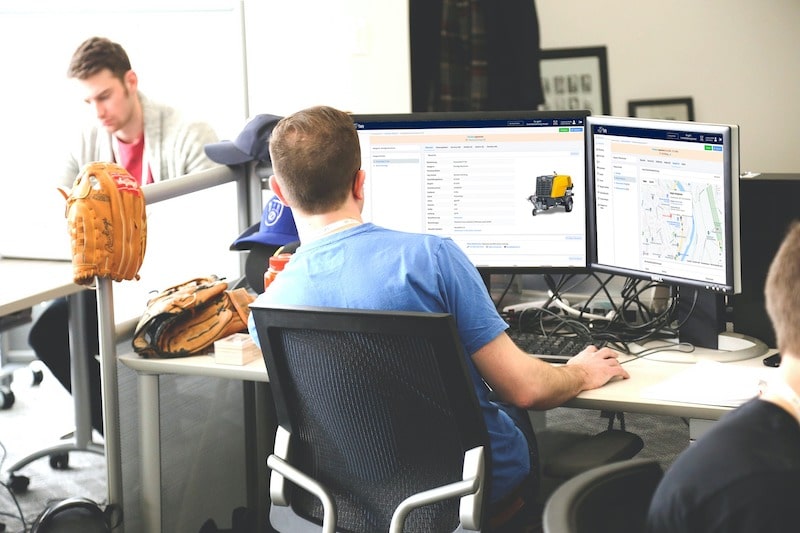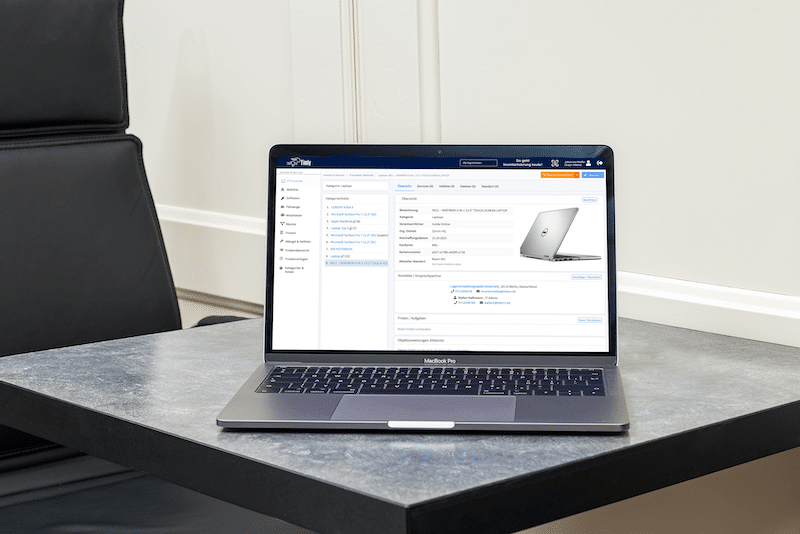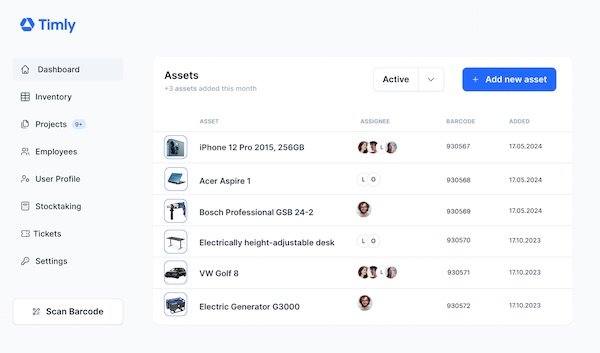
- Regular restaurant equipment maintenance enhances efficiency, safety, and appliance lifespan in restaurants.
- Poor maintenance increases energy costs and repair bills and risks operational delays.
- Documenting maintenance improves accountability and identifies recurring problems for timely action.
- Proper equipment maintenance prevents costly breakdowns and avoids disruptions in service delivery.
- Digital tools like Timly simplify tracking repairs and planning maintenance schedules effectively.
- Restaurant Equipment Maintenance
- What Is a Maintenance System for Restaurant Equipment?
- Why Is Preventive Maintenance Important for Restaurants?
- Common Restaurant Equipment Maintenance Mistakes to Avoid
- How Should Kitchen Tools and Equipment Be Maintained?
- How to Reduce Equipment Maintenance Costs Without Sacrificing Quality
- Best Practices for Kitchen Equipment Maintenance
- How Do You Manage Equipment Maintenance and Repairs Effectively?
- Frequently Asked Questions About Restaurant Equipment Maintenance
Restaurant Equipment Maintenance
Restaurant equipment maintenance is an essential part of running a successful commercial kitchen. It involves regularly cleaning, lubricating, and inspecting appliances to keep them in good working condition. This process is crucial for ensuring hygiene, safety, and efficiency in the kitchen.
Further, regular maintenance helps prevent breakdowns by catching all the potential issues early on before they turn into major problems. For example, keeping refrigerator coils clean can prevent overheating, while replacing worn oven seals can save energy.
Therefore, a well-executed maintenance plan for restaurant equipment extends the lifespan of appliances and saves money on costly replacements.
On the other hand, neglecting kitchen equipment maintenance can lead to expensive repairs, operational delays, and a decrease in revenue. It can also result in menu adjustments or temporary closures, which can damage customer trust.
Not to mention, inefficient equipment also increases energy bills and labor costs, putting a strain on your budget. That’s why prioritizing restaurant equipment maintenance is necessary for maintaining profitability and reliability in the long run.
What Is a Maintenance System for Restaurant Equipment?
A restaurant equipment maintenance system is a structured approach to keeping appliances in good working condition. Further, it involves regularly cleaning, inspecting, and repairing kitchen equipment to ensure food safety, efficiency, and longevity.
By identifying and fixing issues early on, this system helps prevent unexpected breakdowns and disruptions in a commercial kitchen.
That’s why implementing a maintenance plan specific to your restaurant’s needs is crucial for avoiding unexpected breakdowns that can disrupt operations. This requires creating a checklist of tasks like daily cleaning routines and weekly inspections. You can also track progress and recurring issues by documenting all maintenance tasks.
Moreover, digital tools can be the best ally in this process. For instance, restaurants can opt for any CMMS software that automates schedules, tracks repairs, and generates reports.
These tools make restaurant equipment maintenance more efficient, reduce downtime, and provide insights to optimize the overall system. Thus, they guarantee a longer lifespan for appliances and save money on costly replacements in the long run.
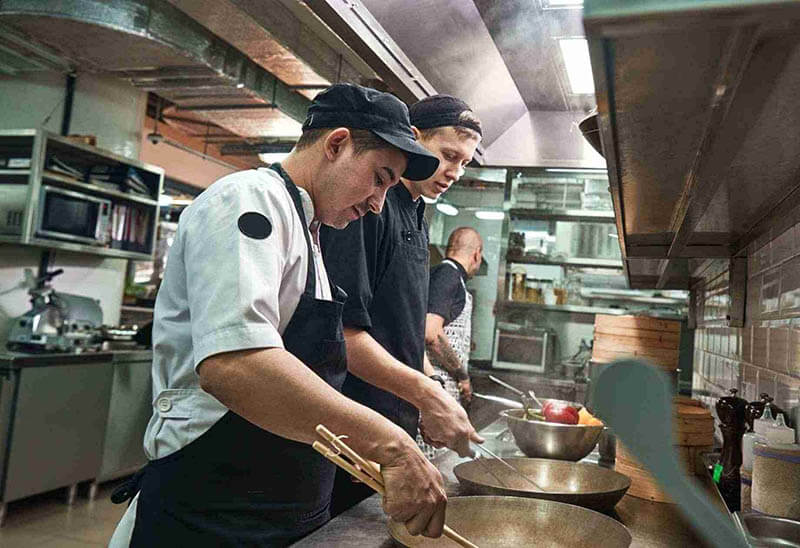
Essential Restaurant Equipment Maintenance Checklists
Having different checklists for various restaurant equipment is crucial for maintaining optimal performance and preventing costly breakdowns. For example:
- For cooking equipment, make sure to clean grills and inspect burners regularly.
- Refrigeration units require checking gaskets and cleaning coils frequently.
- Dishwashers need regular inspection of spray arms and descaling.
- For ice machines, sanitize interiors and check filters on a routine basis.
Creating these structured checklists helps standardize maintenance tasks and make sure they are consistently performed with thorough attention to detail. This not only prevents overlooked issues but also streamlines operations and enhances the overall efficiency of your restaurant equipment maintenance system.
As an example, a basic kitchen equipment maintenance checklist could include:
- Daily cleaning of grills and ovens
- Weekly inspection of refrigerator seals
- Monthly lubrication of moving parts
- Regularly checking equipment failure and downtime data.
Additionally, this helps restaurants maintain optimal equipment performance and avoid costly breakdowns that could disrupt their overall operations.
Key Differences Between Hot Side and Cold Side Equipment Maintenance?
The maintenance needs of hot and cold-side equipment differ significantly. Hot-side equipment such as ovens, grills, and deep fryers require frequent cleaning to remove grease buildup and food residue that can cause fires or decrease efficiency. Therefore, grills need to be scrubbed daily and fryers descaled weekly to avoid corrosion and maintain optimal performance.
On the other hand, cold-side equipment like refrigerators, ice machines, and walk-in freezers demand strict temperature monitoring and seal inspections to prevent leaks or bacterial growth. Therefore, regular coil cleaning and filter replacements are necessary in this case to maintain optimal cooling efficiency and food safety.
Furthermore, the priorities for maintenance also differ between hot side and cold side equipment. In general, hot-side equipment focuses on mitigating fire risks and potential operational slowdowns. While cold-side equipment prioritizes maintaining food safety and energy efficiency.
Overall, a well-designed maintenance system for restaurant equipment must balance these needs to safeguard productivity and compliance in the kitchen. It ultimately leads to a successful and efficient restaurant operation.
Why Is Preventive Maintenance Important for Restaurants?
Preventive maintenance is crucial for restaurant businesses, as it helps avoid unexpected equipment failures that can disrupt operations. That is because by scheduling regular inspections and servicing, restaurants can identify and resolve minor issues before they escalate. Moreover, this ensures smooth workflows and consistent food quality.
But, the cost benefits of preventive measures are also significant. Compared to reactive maintenance, preventive tasks are more cost-effective as they reduce emergency repair costs, minimize downtime, and extend the lifespan of appliances.
To give an example, regular cleaning and servicing of refrigerators can prevent compressor failures, which typically cost several hundred dollars to replace. In contrast, a simple tune-up may only cost around $50-100.
Similarly, routine maintenance tasks for kitchen equipment such as ovens, grills, and fryers can involve cleaning, lubricating, adjusting parts, and replacing worn-out components.
These tasks may seem small but can add up to significant savings in the long term as they prevent major breakdowns that may require costly replacements.
However, managing the inventory and schedules for preventive maintenance can be overwhelming. The good news is that you need not track these tasks manually anymore.
Timly’s equipment maintenance software simplifies restaurant equipment maintenance by automating schedules, tracking repairs, and providing real-time asset data. This comprehensive maintenance system for restaurant equipment helps businesses reduce downtime, improve efficiency, and maintain compliance with safety standards.
How Do You Set a Preventive Maintenance Schedule?
You can set a preventive maintenance schedule by following these steps:
- Categorize equipment based on usage and criticality, assign daily tasks, weekly checks, and quarterly servicing.
- Prioritize high-risk appliances and follow manufacturer guidelines for servicing frequency.
- Train staff to log tasks, report issues, and follow protocols to stick with adherence.
Remember, the frequency of maintenance varies depending on the equipment. Because some equipment needs weekly checks and others only require monthly inspections.
So, it is important to establish a regular maintenance routine for your restaurant equipment in order to keep your kitchen running smoothly. This includes daily cleaning of grills, weekly sealing of refrigerators, and quarterly descaling of fryers.
Staff training is crucial too! So, encourage them to report issues promptly for efficient upkeep of your restaurant equipment. With a structured maintenance schedule, you can maintain productivity, compliance, and safety in your kitchen by reducing reliance on reactive fixes.
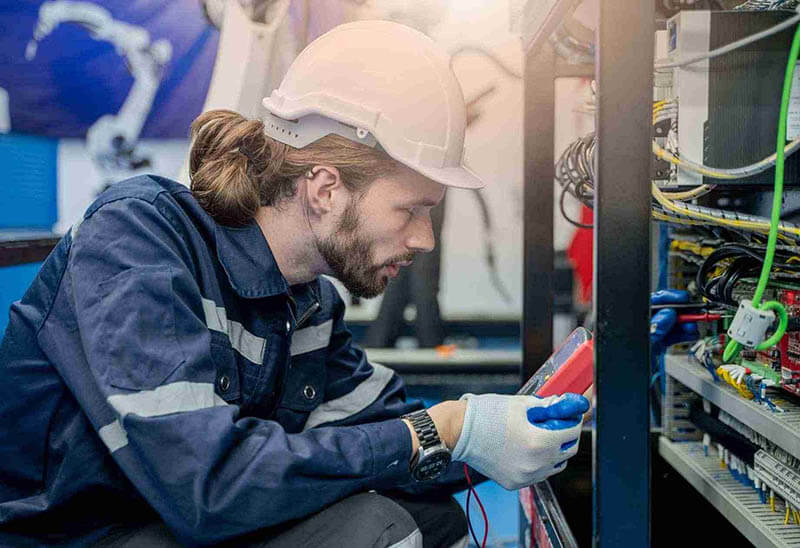
Common Restaurant Equipment Maintenance Mistakes to Avoid
Below are some common mistakes that can hinder the performance and lifespan of your restaurant equipment:
- Skipping regular maintenance and inspections for critical appliances such as refrigerators or fryers.
- Using harsh cleaning products that can damage surfaces or seals.
- Overlooking lubrication of moving parts in dishwashers or mixers.
These errors result in decreased efficiency and a shorter lifespan for your appliances. For instance, uncleaned refrigeration coils consume more energy, and abrasive cleaners damage surfaces and seals. Further, this ultimately impacts the profitability of your business due to operational downtime and additional expenses.
However, to avoid these pitfalls, you can establish a maintenance system for restaurant equipment with scheduled tasks and staff training. Moreover, you should always use manufacturer-recommended cleaning agents and keep a record of all maintenance activities.
It is also essential to prioritize kitchen equipment maintenance by addressing high-risk items first, as it can help prevent unexpected breakdowns and disruptions in your commercial kitchen.
How Should Kitchen Tools and Equipment Be Maintained?
Proper maintenance of kitchen tools and small appliances is crucial for ensuring their longevity and safety. To achieve this, you should follow these best practices:
- Daily cleaning: After each use, you can clean and sanitize knives, utensils, and cutting boards with mild detergents.
- Storage: Dry your tools thoroughly and store them in designated areas to prevent rust or damage.
- Inspections: Check the sharpness of blades regularly and inspect appliances for any frayed cords.
This is super important because proper storage and handling prevent accidents and extend the lifespan of your tools. For instance, storing knives in protective sheaths helps reduce wear and tear, while keeping appliances off damp floors prevents electrical hazards.
Similarly, cleaning and sanitization are essential aspects of kitchen equipment maintenance. You should wash your tools with mild detergents, rinse them thoroughly, and dry them to avoid bacterial growth.
Furthermore, high-touch items like tongs or spatulas require daily sanitization and proper storage to maintain their quality. All this ultimately makes your restaurant more organized and builds customer trust and satisfaction.
The Timly Software in Use

Optimized Device Management With Innovative Self-Inventory
SodaStream is the world market leader for water sparkling systems for domestic use and has a lot of IT equipment at its various locations. Many colleagues now work from their home offices. A digital solution for the efficient management of IT end devices became necessary...
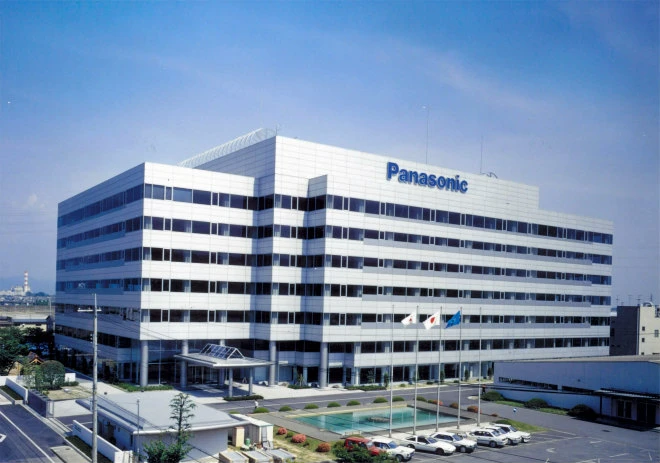
Panasonic x Timly: Driving Technological Innovation
One of the most remarkable aspects of human ingenuity is our ability to innovate. Innovation is embedded in the DNA of consumer electronics giant Panasonic, which has diversified into a number of sectors, from heavy industry to construction...
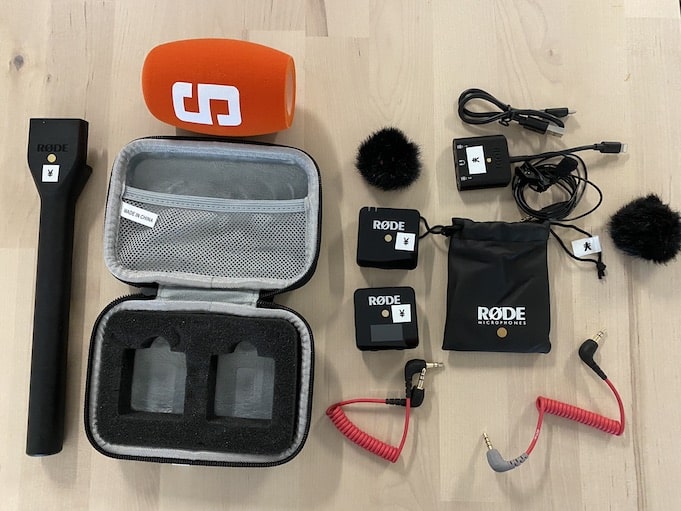
Manage Video Equipment Efficiently Without Much Effort
The Hamburg media company always does outstanding journalistic work and is characterized by independent reporting. In order to maintain journalistic quality, the teams work with highly specialized devices – these need to be managed efficiently...

Smart City Asset Management – Timly in Use at DIGOOH
The core business of DIGOOH Media GmbH in Cologne is to manage digital city light posters (DCLP) for outdoor use in various cities in Germany. The challenge here lies in making the client’s communication message always available at the right time, in the right place...
(No credit card required)
How to Reduce Equipment Maintenance Costs Without Sacrificing Quality
To save costs while ensuring quality, focus on proactive strategies that align with restaurant equipment maintenance best practices. These include:
- Proactive Maintenance: By regularly cleaning and inspecting your equipment, you can identify any issues early on and extend their lifespan. It also helps reduce emergency repairs and lowers energy bills by optimizing appliance efficiency.
- Staff Training: Train your team to perform basic upkeep tasks like cleaning filters or lubricating parts. This not only empowers them but also saves on hiring external help for simple tasks.
- Digital Tools: Use a maintenance system for restaurant equipment repairs. This minimizes downtime and helps you stay on top of your maintenance needs.
However, contacting a professional service at key intervals is equally important in maintaining quality and safety standards. You can schedule annual equipment inspections to prevent costly failures and maintain equipment quality.
In short, by balancing in-house upkeep with expert interventions, you can reduce maintenance costs without sacrificing quality.
Best Practices for Kitchen Equipment Maintenance
Proactive kitchen equipment maintenance is crucial for keeping your restaurant running smoothly and ensuring the longevity and efficiency of your appliances. So, here are some best practices to follow:
- Daily Cleaning: Regularly sanitize surfaces and remove grease buildup to prevent corrosion and maintain hygiene.
- Scheduled Inspections: Check seals, filters, and moving parts on a weekly basis to catch any issues early on.
- Proactive Repairs: Address minor issues like worn seals before they escalate into bigger problems that can be costly to fix.
- Manufacturer Adherence: Follow manufacturer guidelines for restaurant equipment maintenance to avoid voiding warranties.
It’s also important to train your employees on proper maintenance techniques. For example, you can train them to use restaurant equipment maintenance software, which helps track and automate these tasks. This not only helps maintain consistency but also reduces the need for reactive fixes, which can be expensive.
Creating an efficient maintenance calendar is also essential. Below are some tips that can help you to achieve this:
- Prioritize high-risk items first (e.g., refrigerators) in your maintenance schedule.
- Align tasks with operational cycles to minimize downtime and optimize efficiency.
- Use digital tools that provide automated reminders to keep track of maintenance tasks and their progress.
How Do You Manage Equipment Maintenance and Repairs Effectively?
Tracking the maintenance and repair history of your equipment is crucial for effective restaurant equipment maintenance. Documenting tasks ensures accountability, identifies recurring issues, and helps predict future replacements.
There are software tools such as CMMS platforms that help streamline the management of kitchen equipment maintenance. These systems automate schedules, generate reports, and assign tasks to ensure all appliances are well-maintained. Moreover, they centralize data for real-time monitoring that helps businesses stay proactive.
This proactive approach to repair management is essential for preventing costly downtime. For instance, by analyzing maintenance data, businesses schedule regular cleaning of refrigeration coils and replace worn fryer seals before they cause breakdowns. This not only reduces operational disruptions but also extends the lifespan of equipment, aligning with restaurant equipment maintenance goals.
Frequently Asked Questions About Restaurant Equipment Maintenance
What Is the Meaning of Restaurant Equipment Maintenance?
Restaurant equipment maintenance refers to the proactive upkeep of kitchen appliances and tools to ensure safety, efficiency, and longevity. It involves regularly cleaning, inspecting, and servicing equipment to prevent breakdowns and extend its lifespan.
Overall, this helps businesses avoid costly repairs, maintain hygiene standards, and align with restaurant equipment maintenance goals.
How Often Should Food Service Equipment Be Cleaned?
Food service equipment should be cleaned depending on usage and risk levels. For example, high-touch items like utensils and counters need daily sanitization. On the other hand, appliances like refrigerators and fryers need weekly cleaning, while less-used tools such as grills and ice machines can be cleaned monthly.
Recommended for you:
Book an online demo - free and without obligation - or create your free trial account directly.






